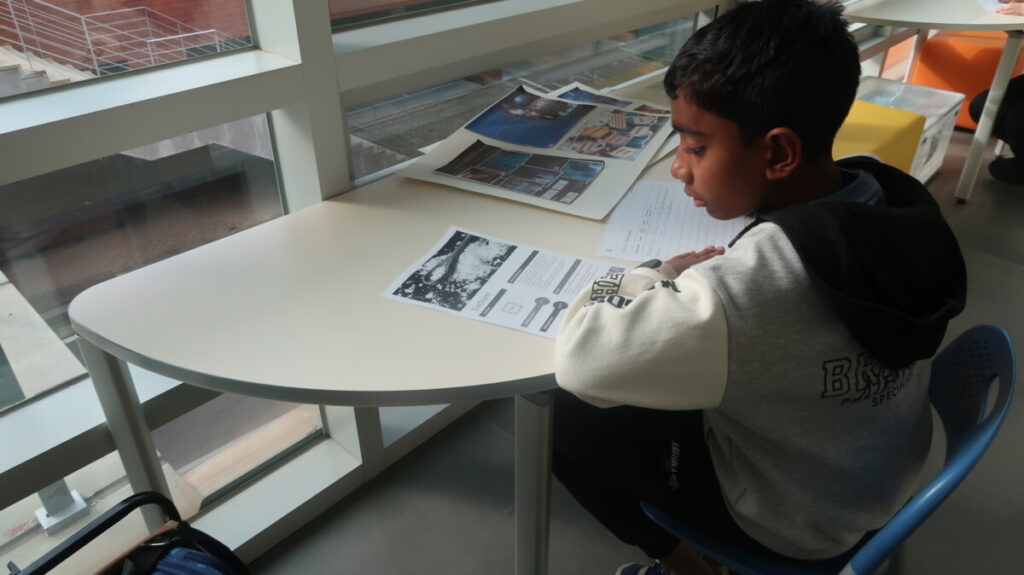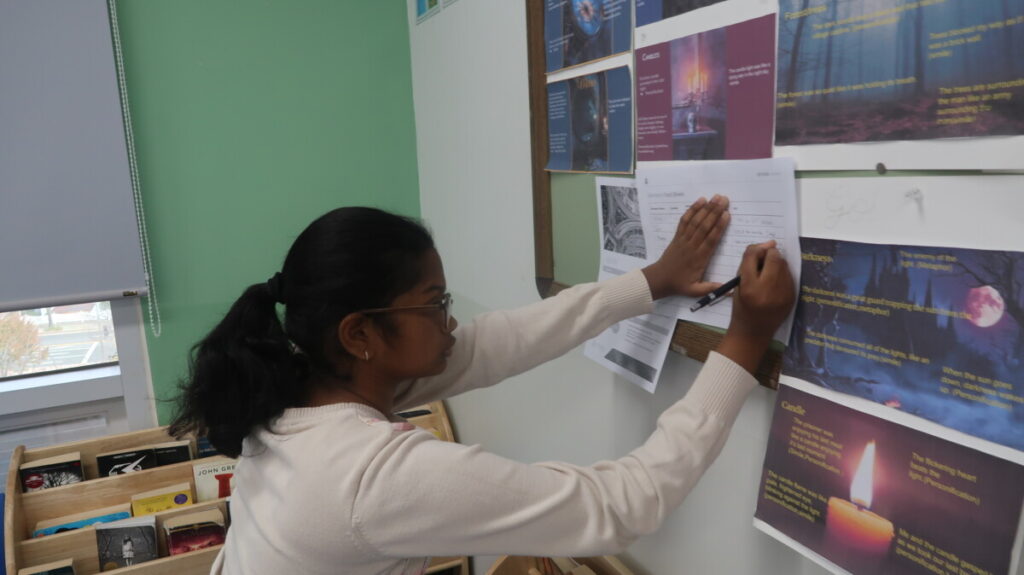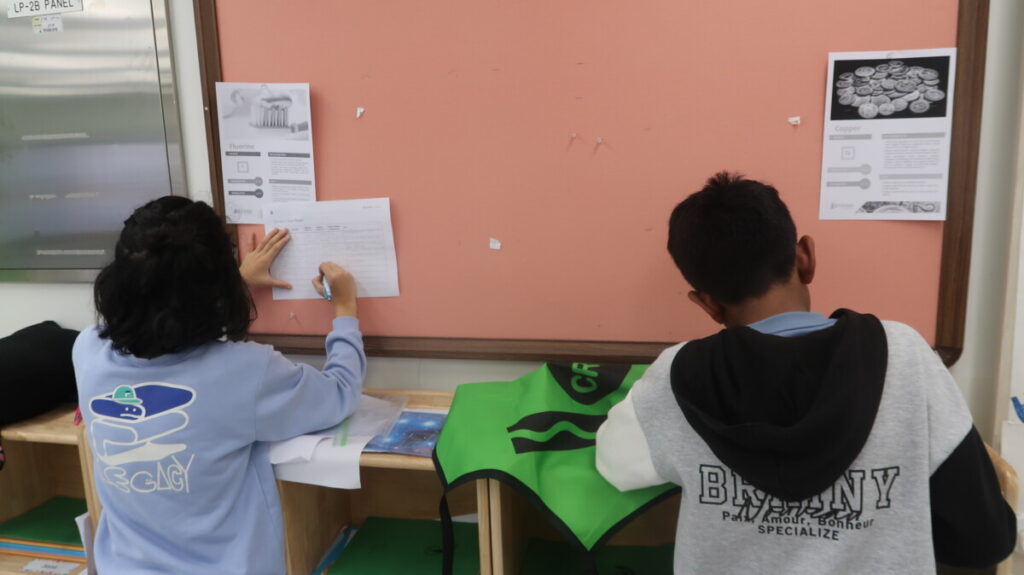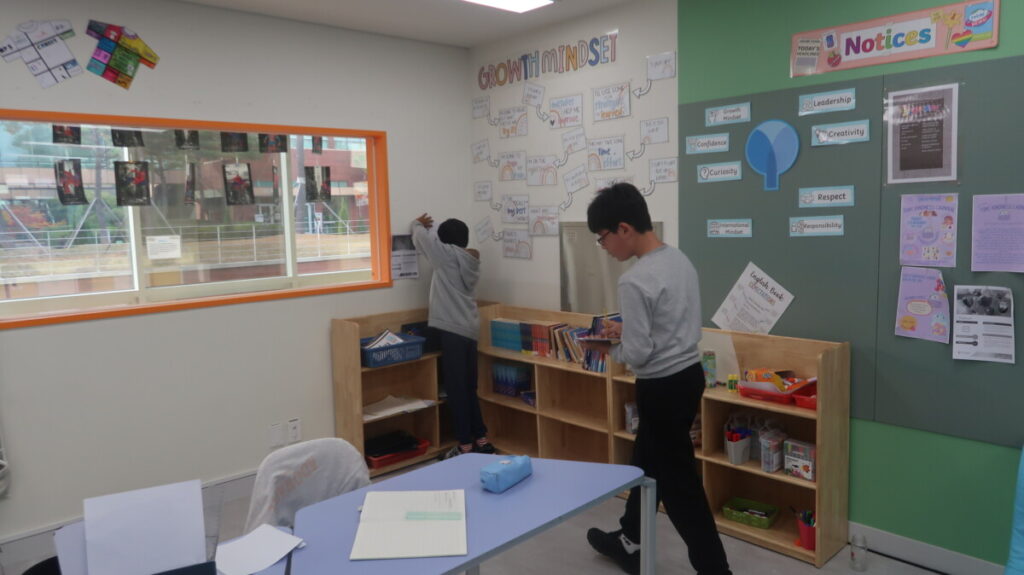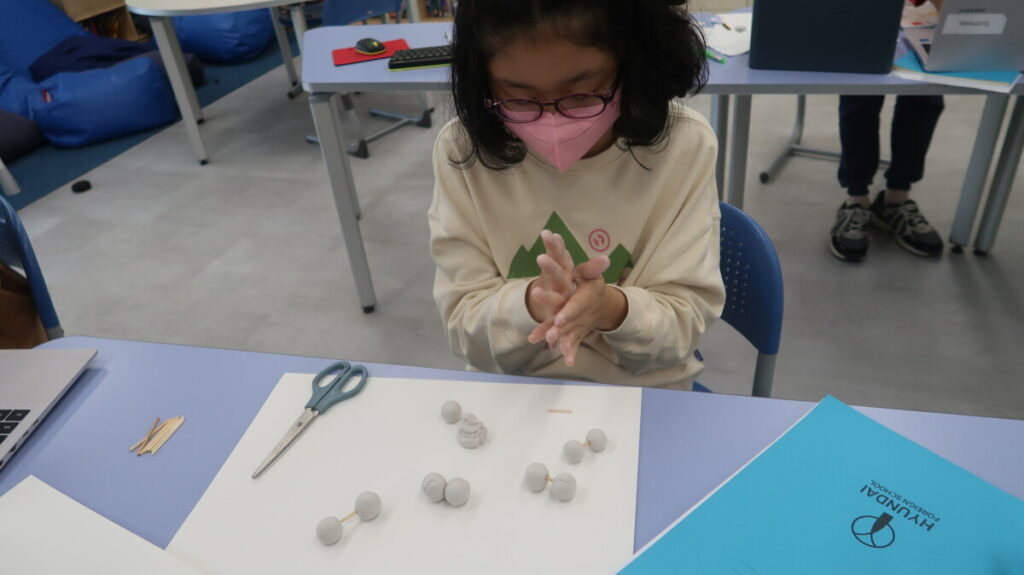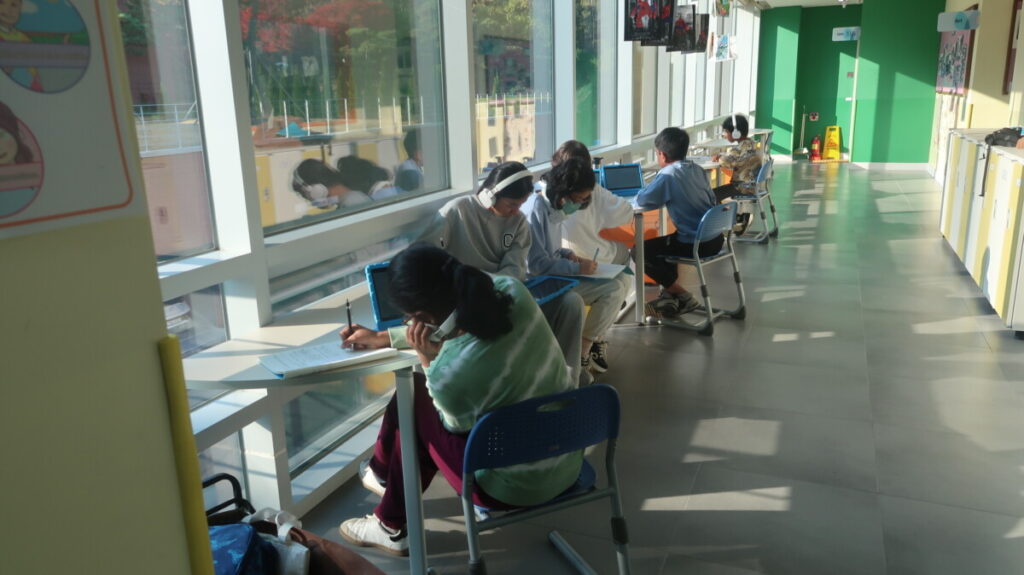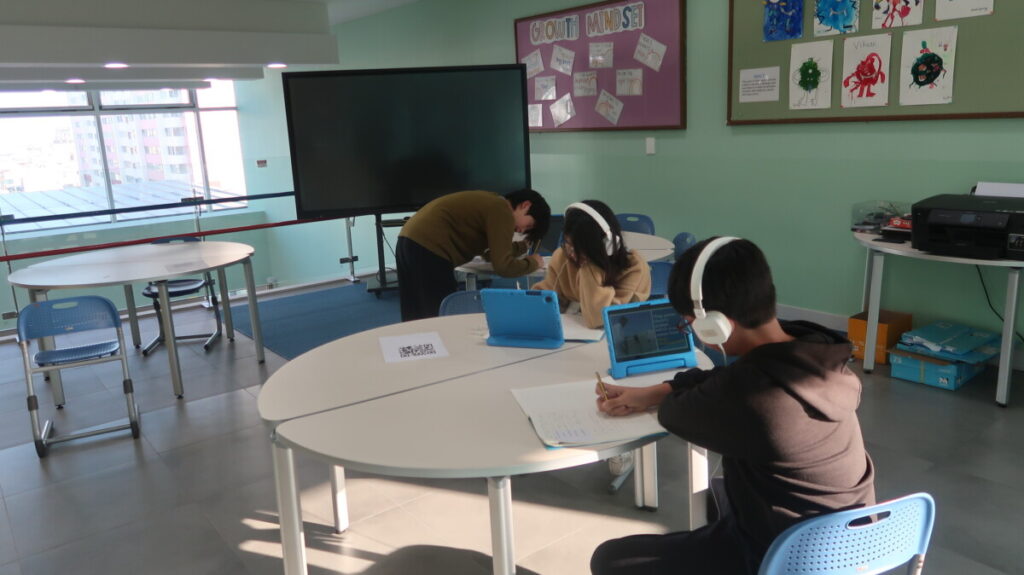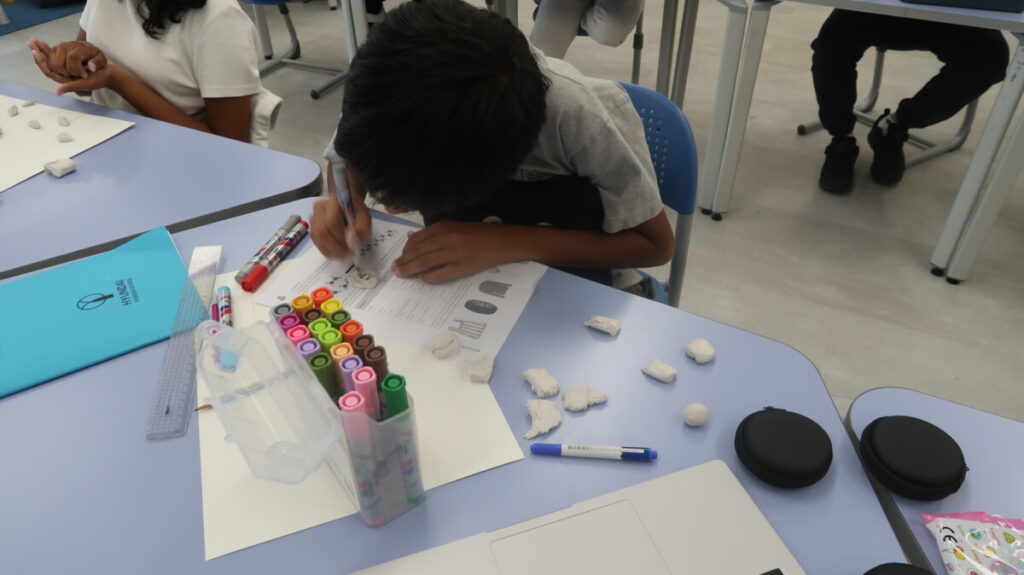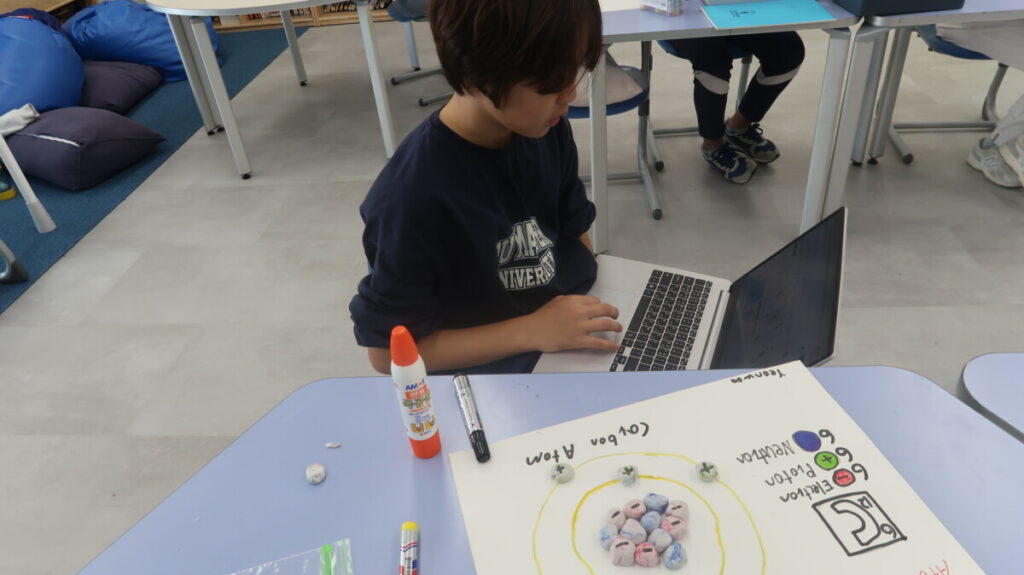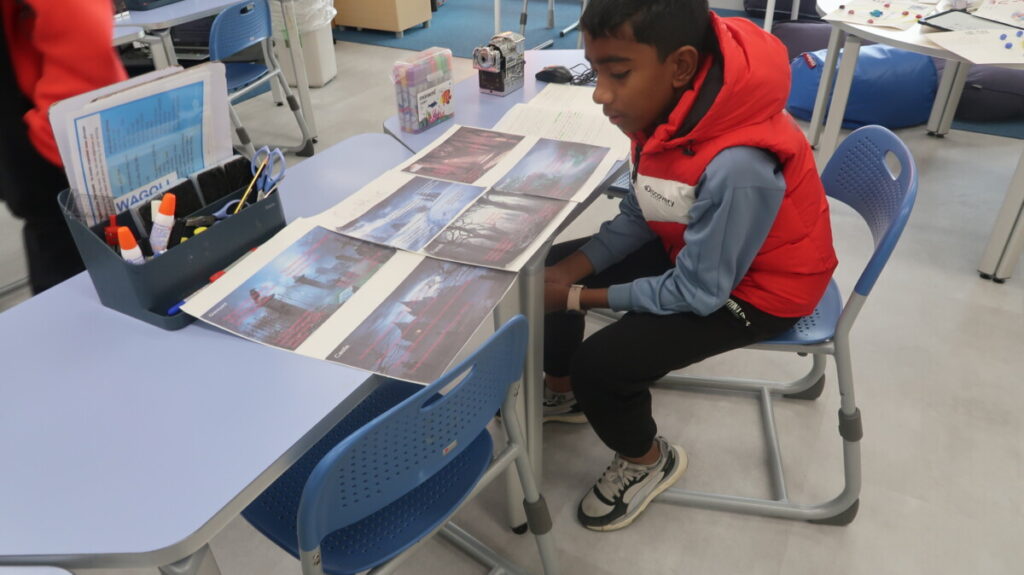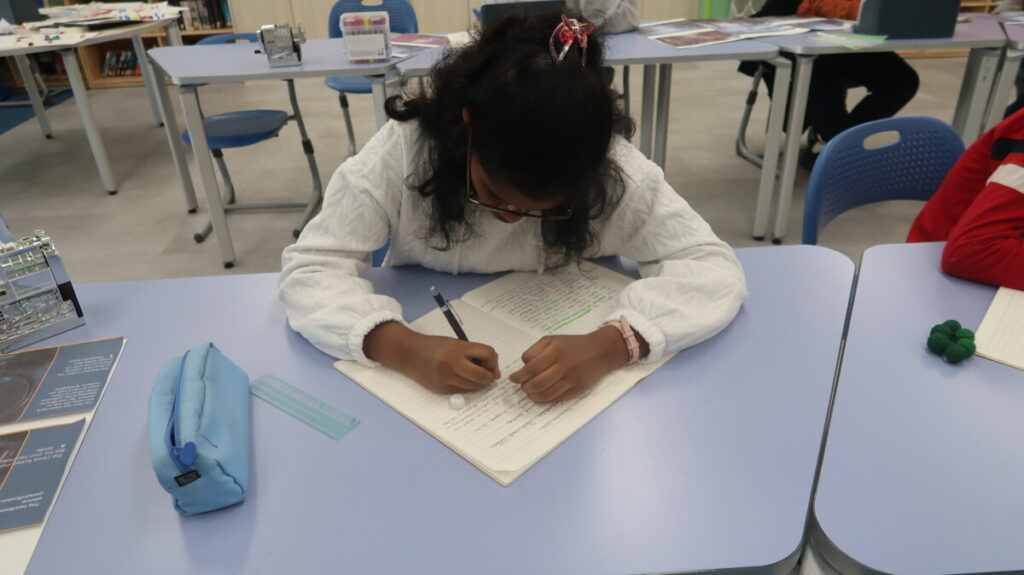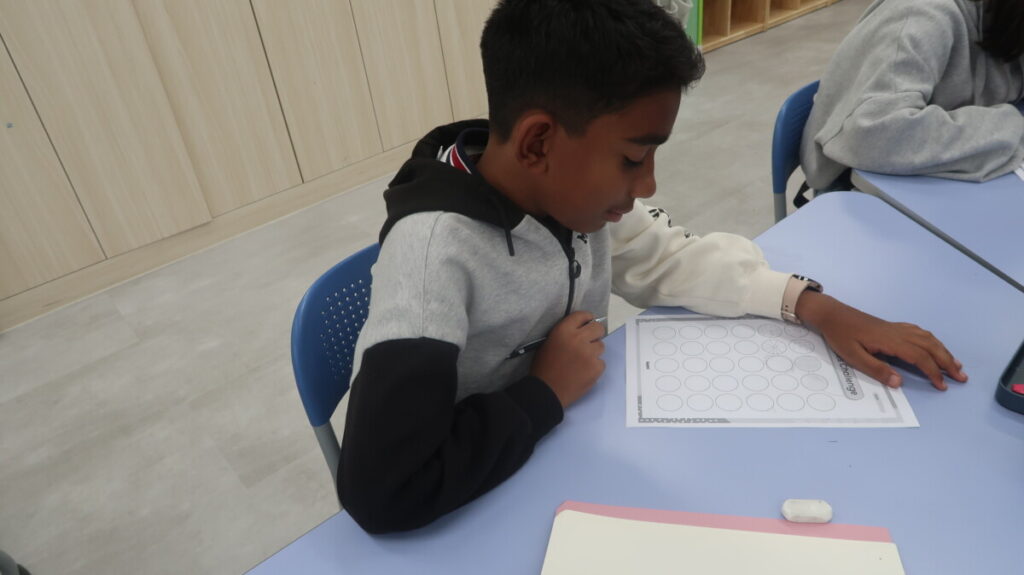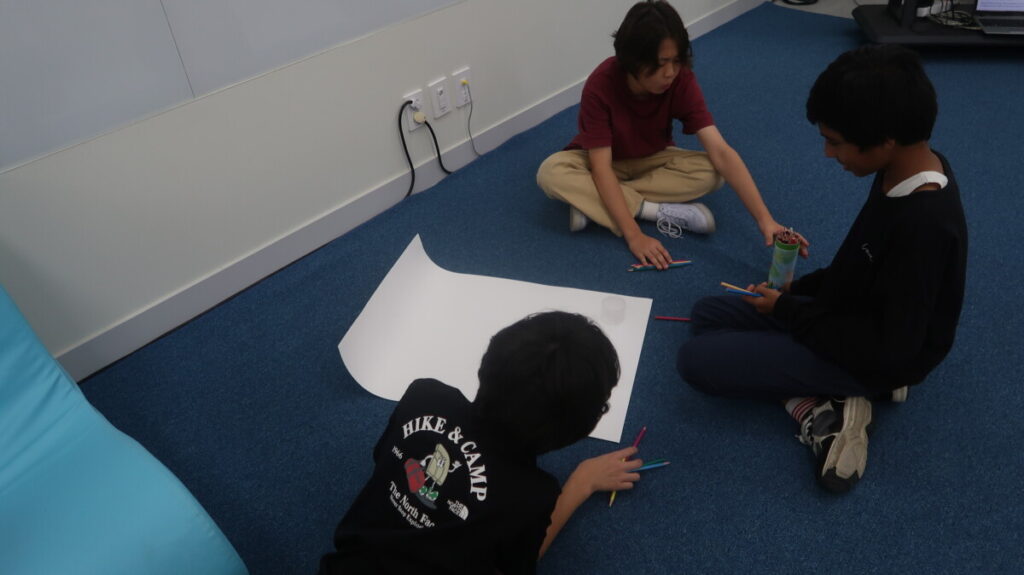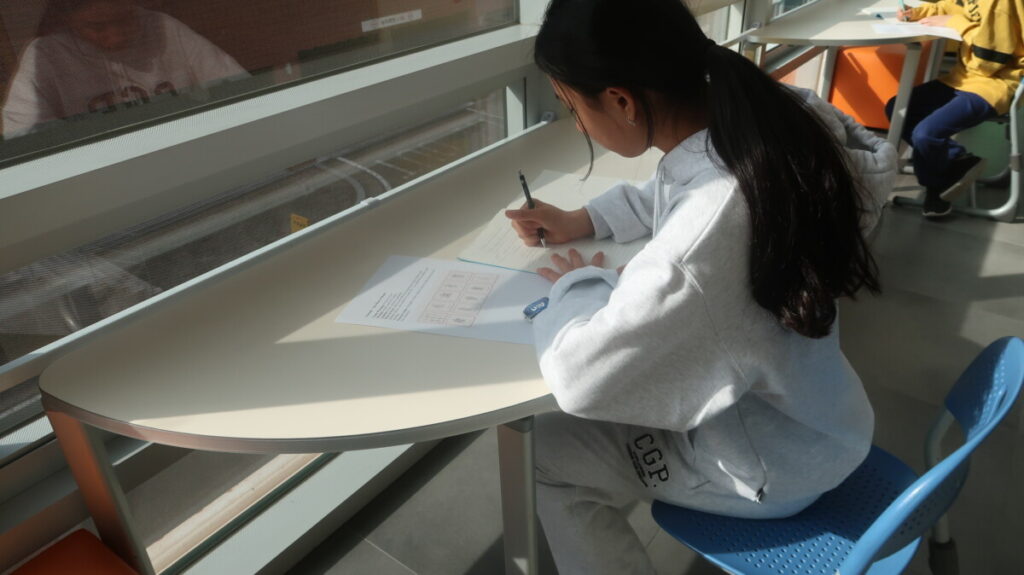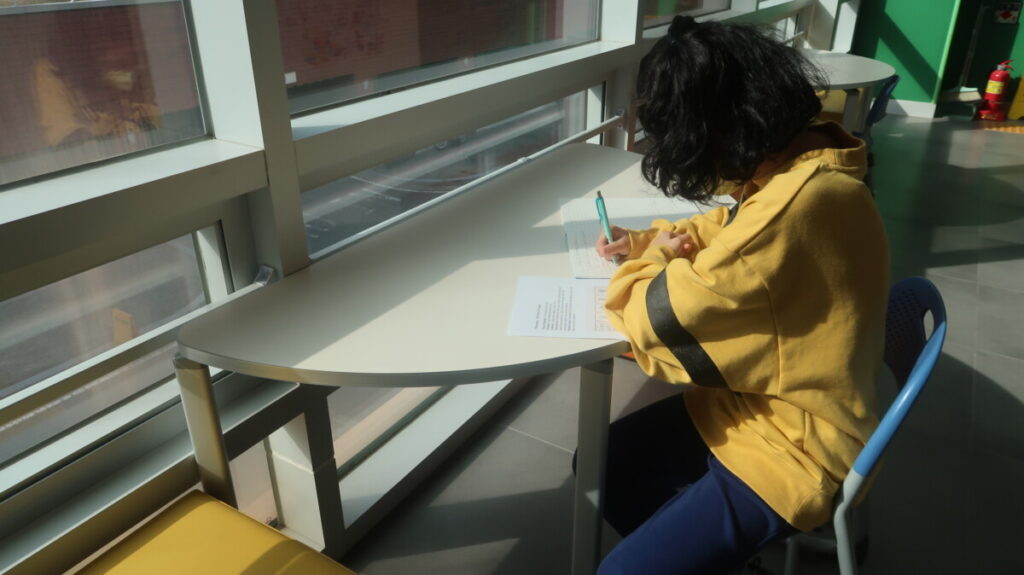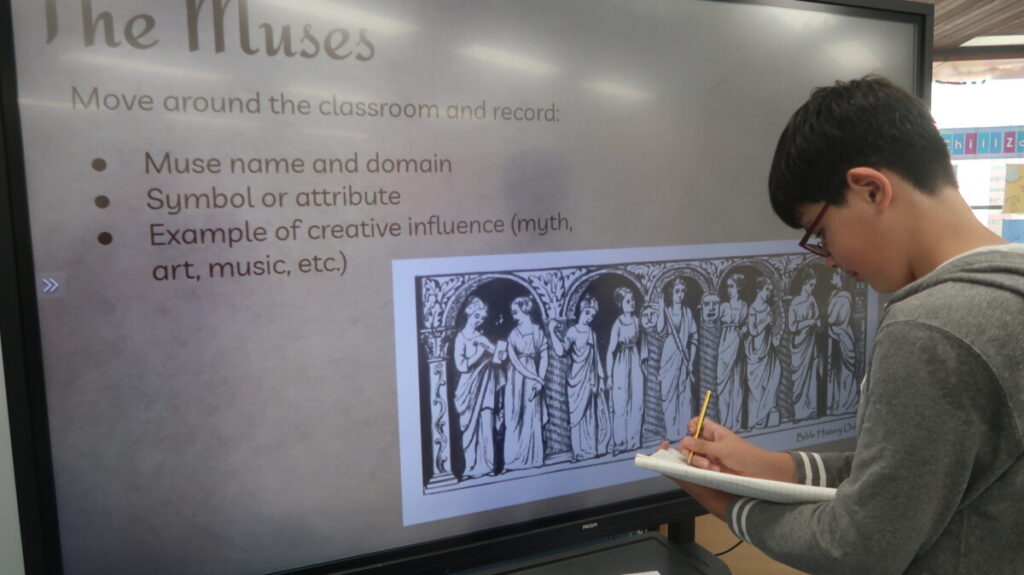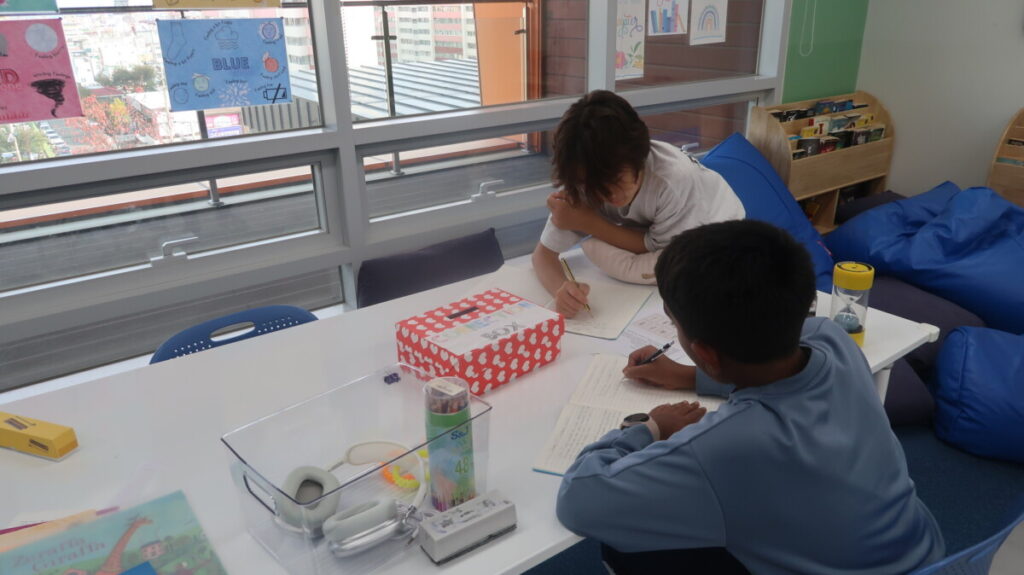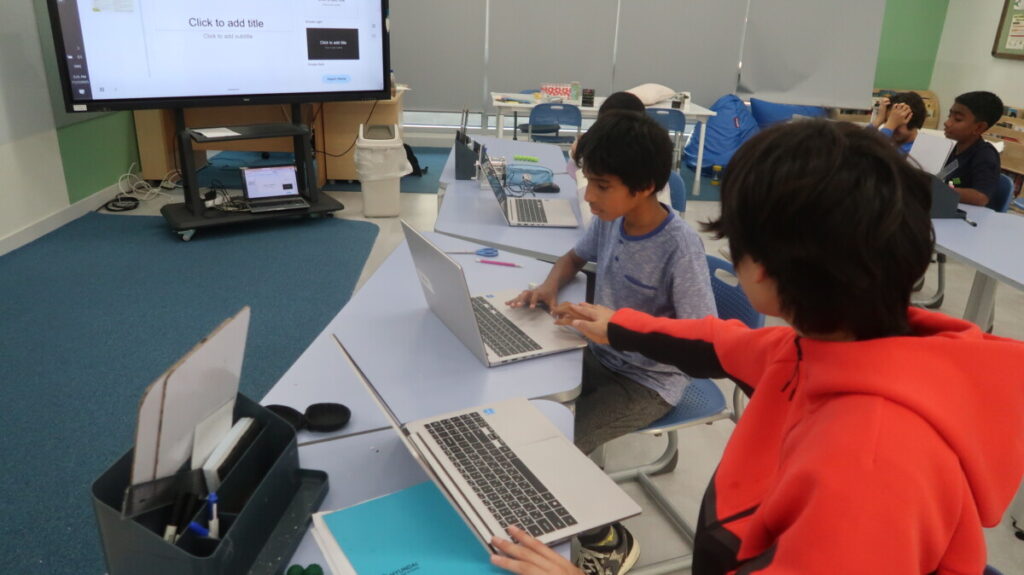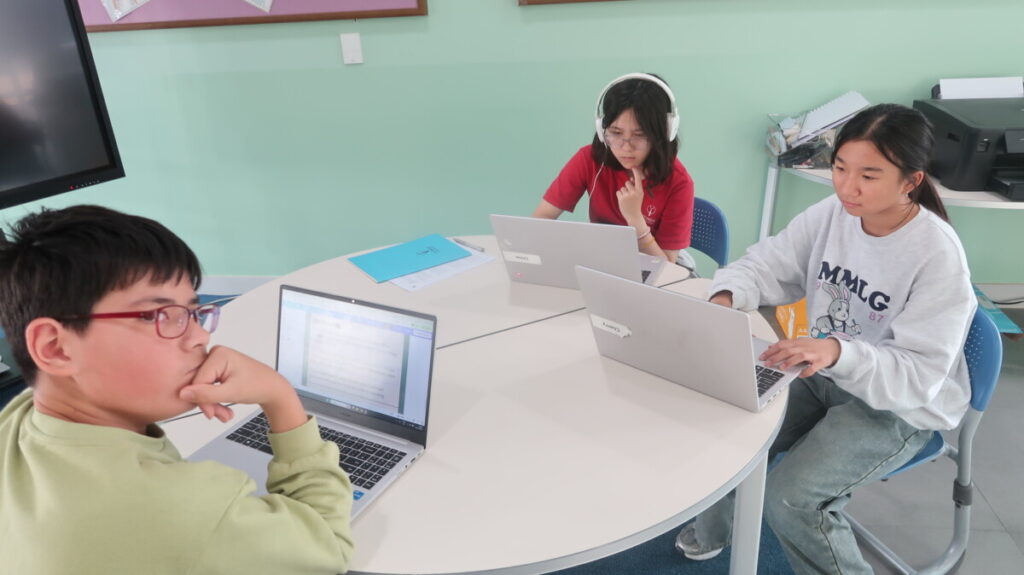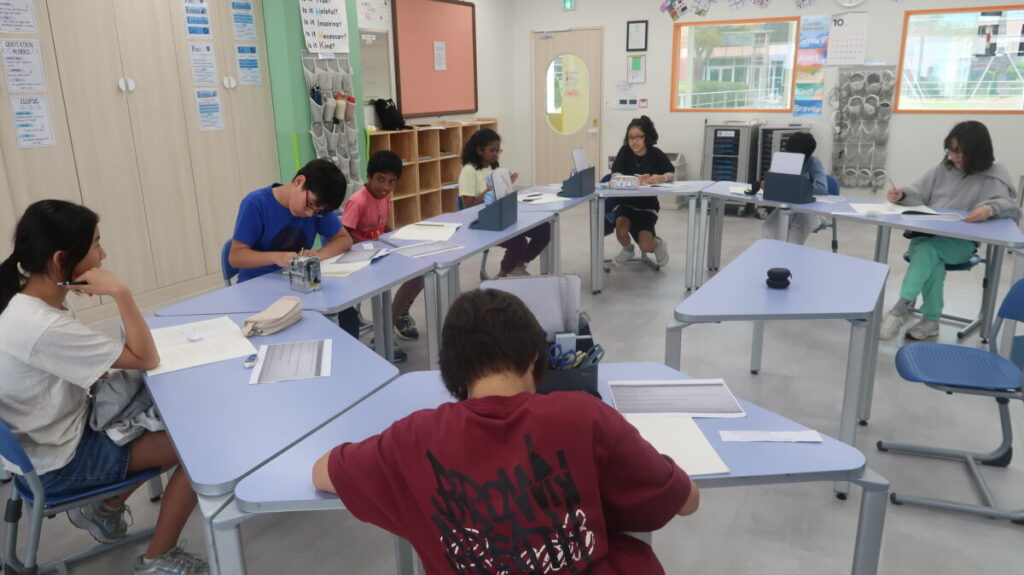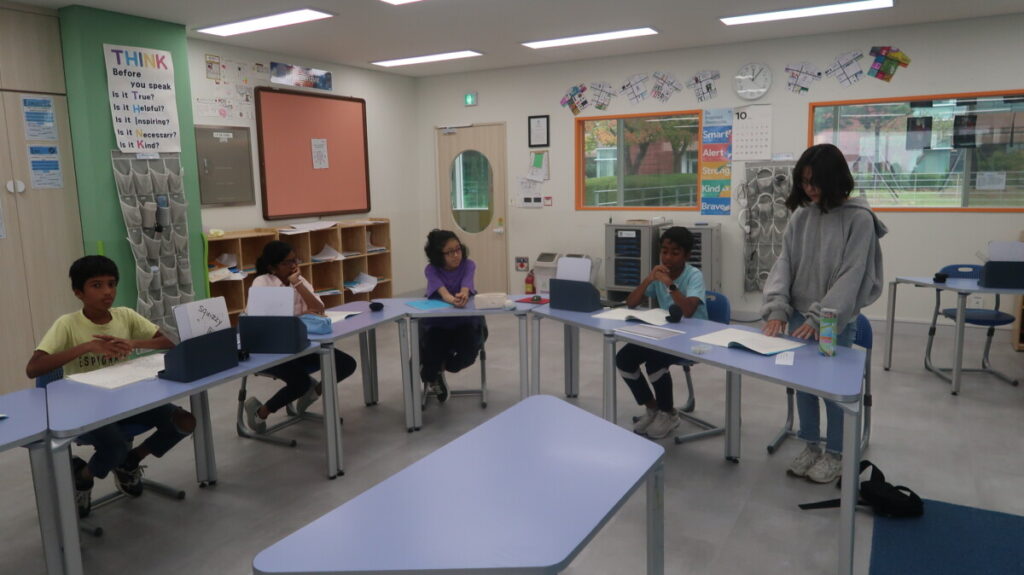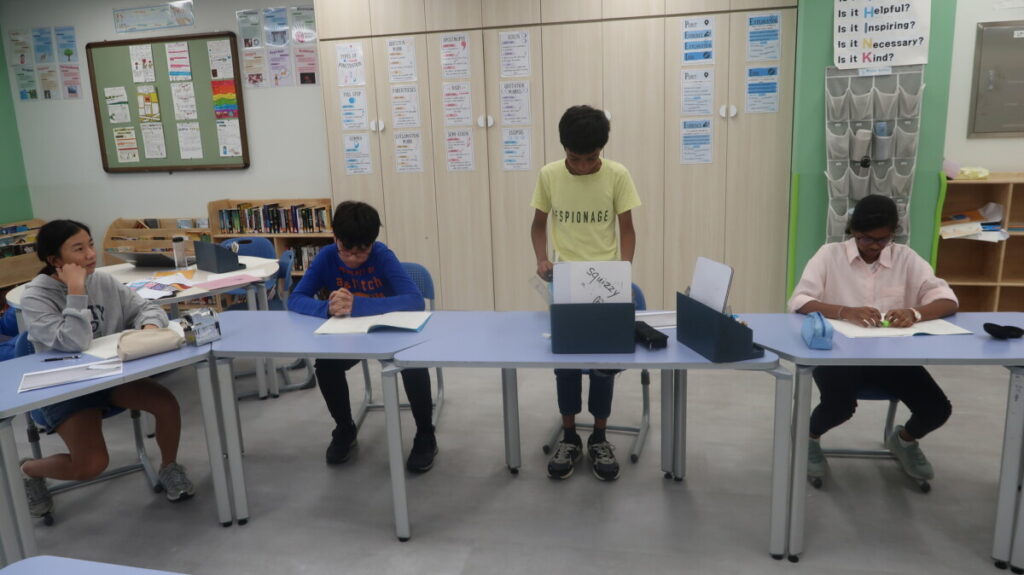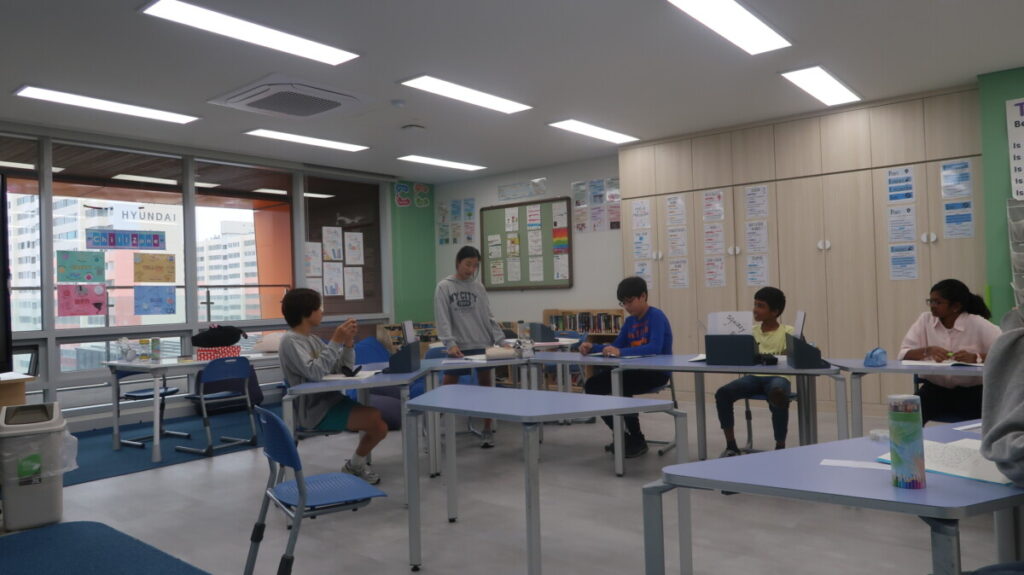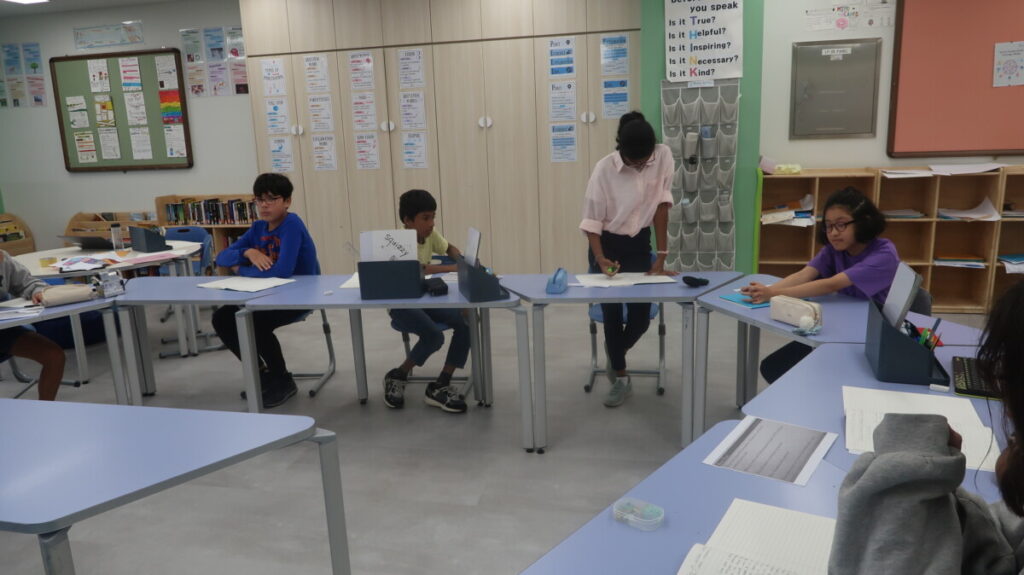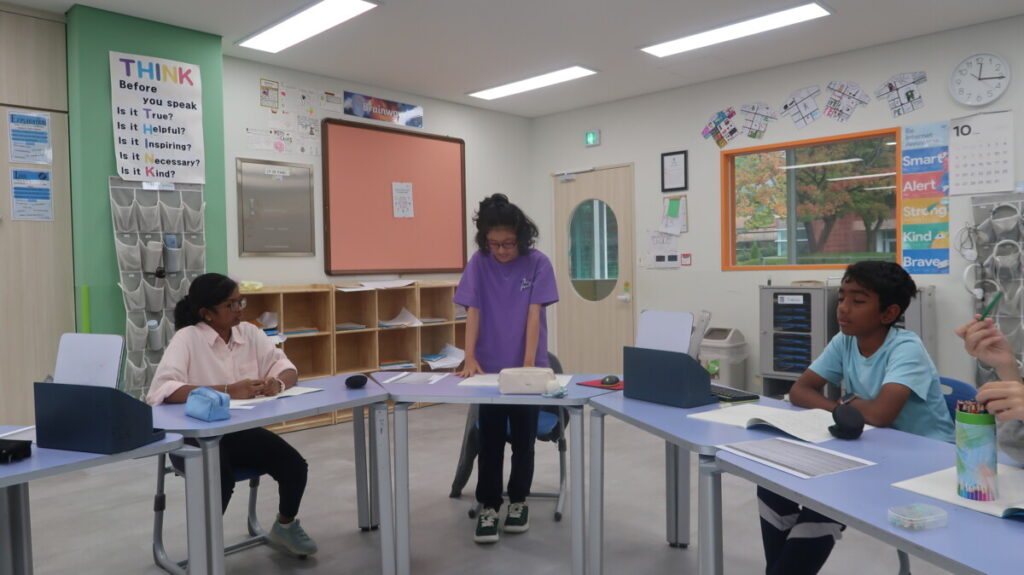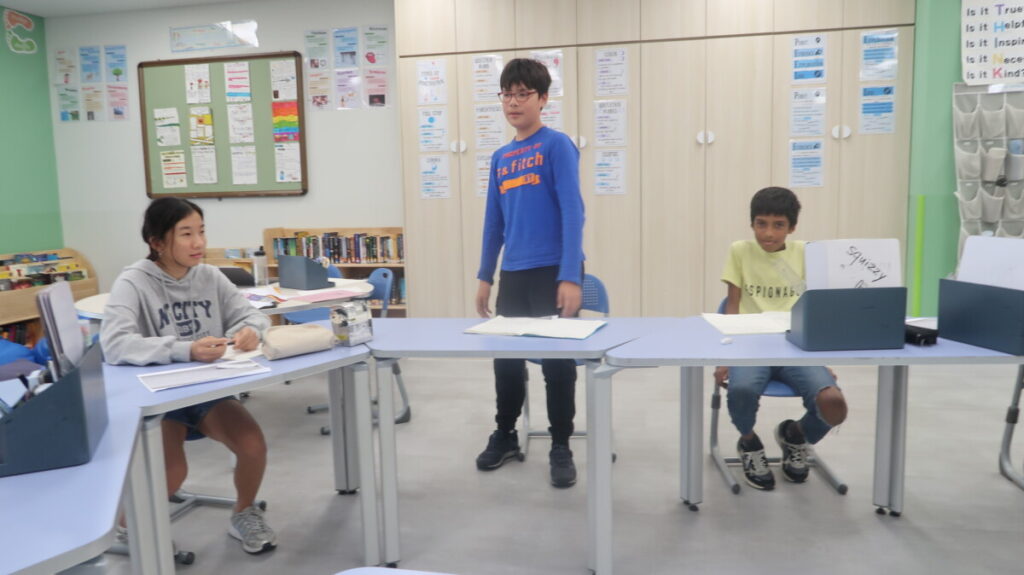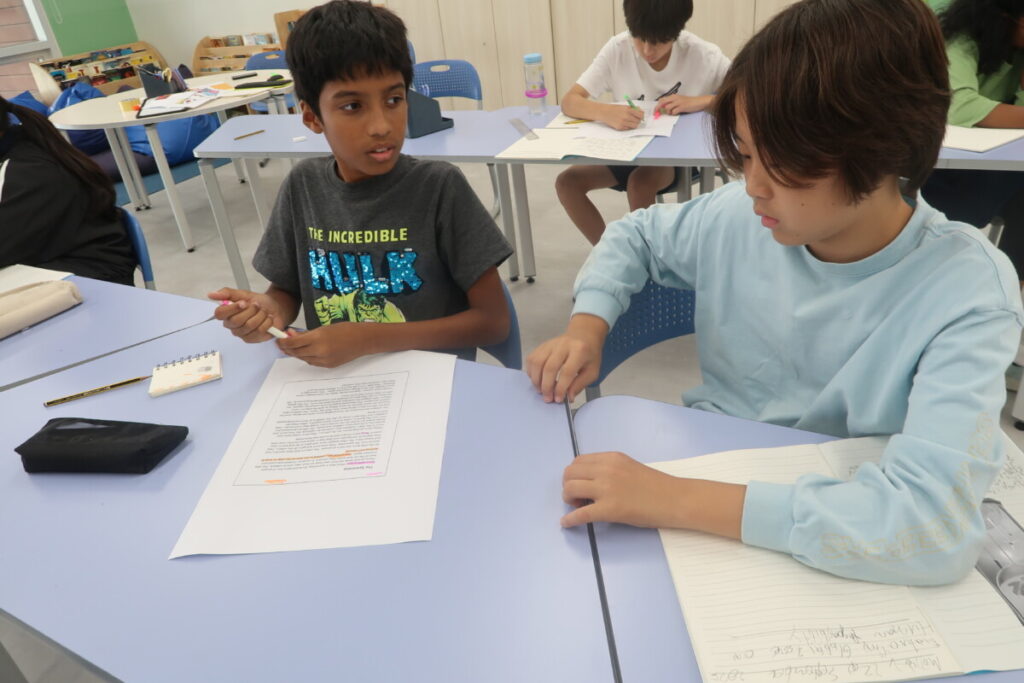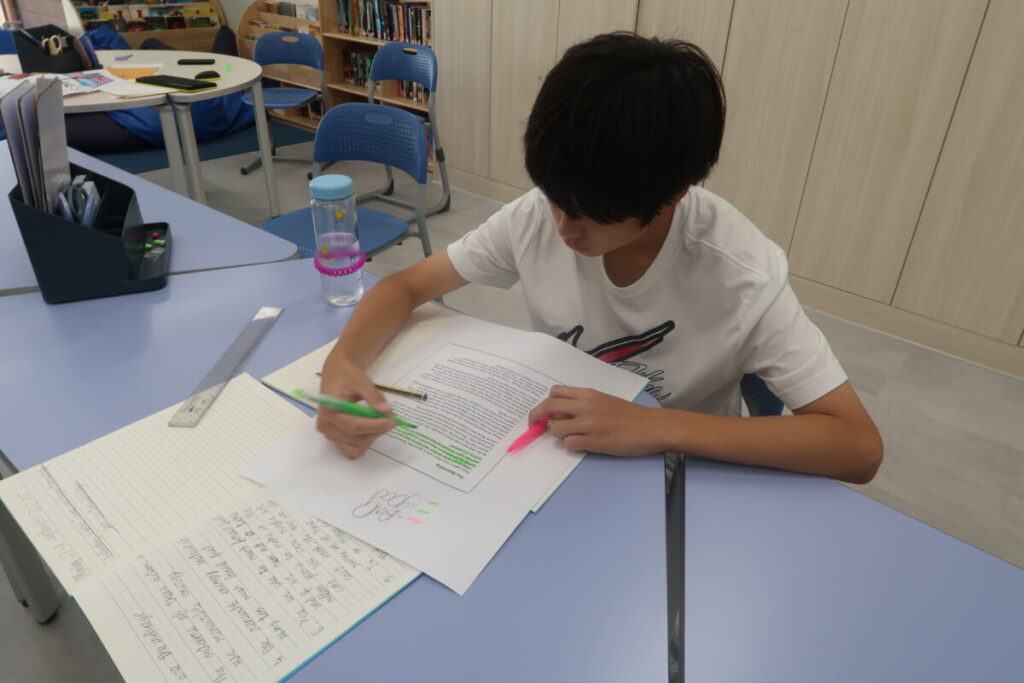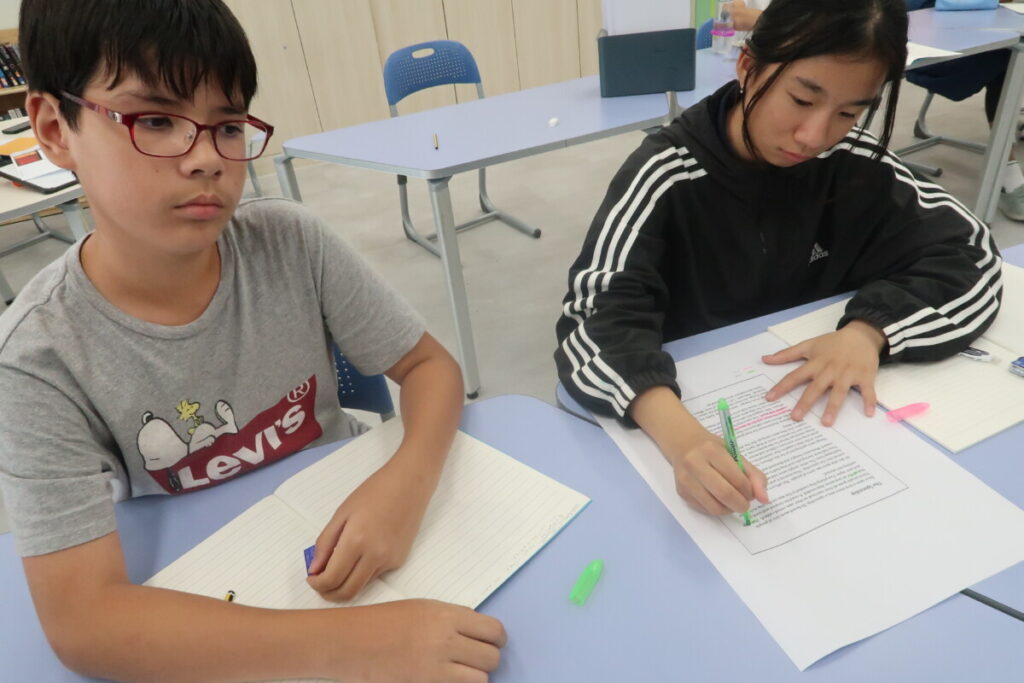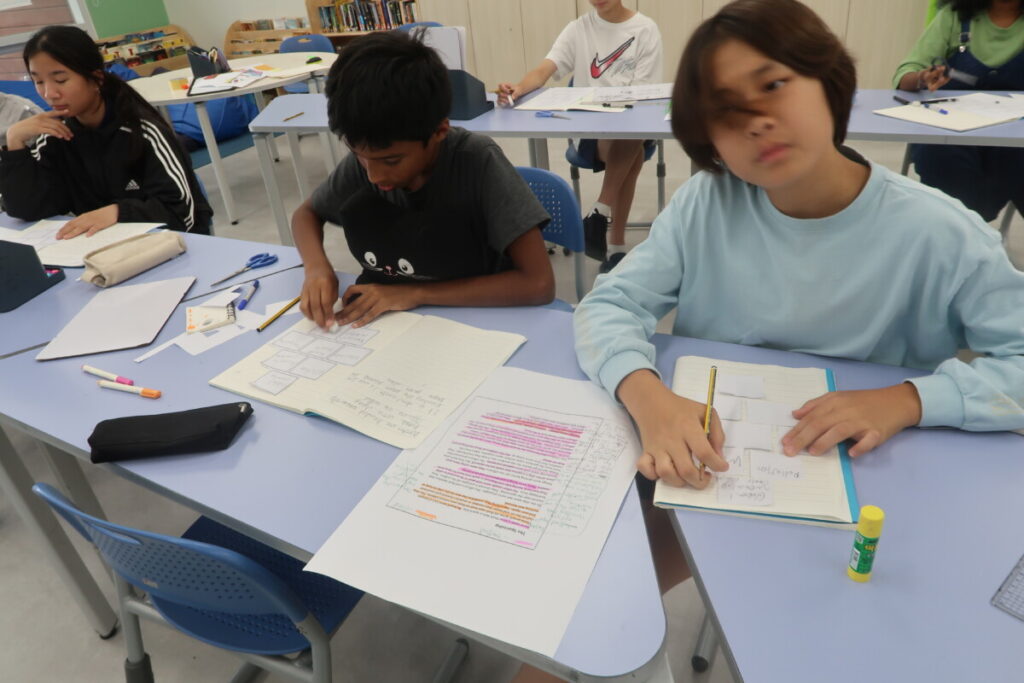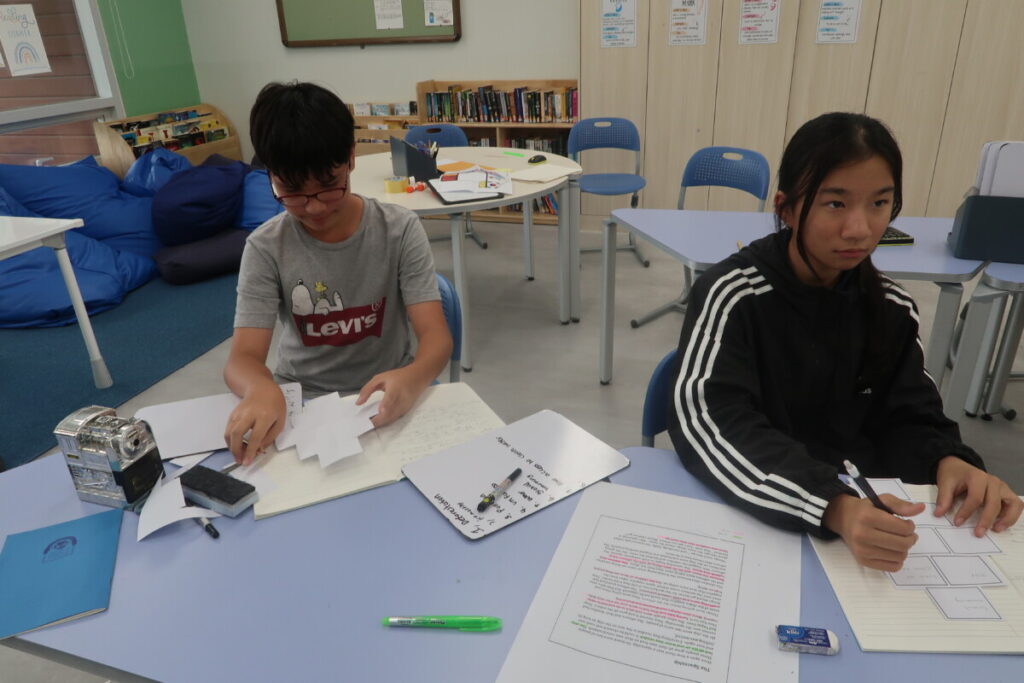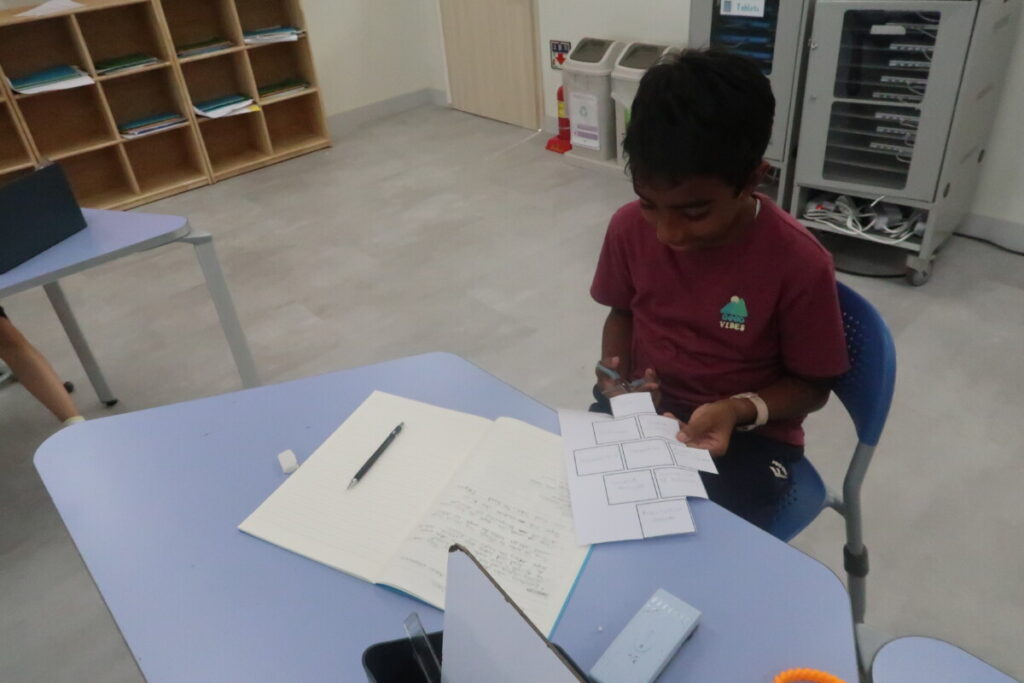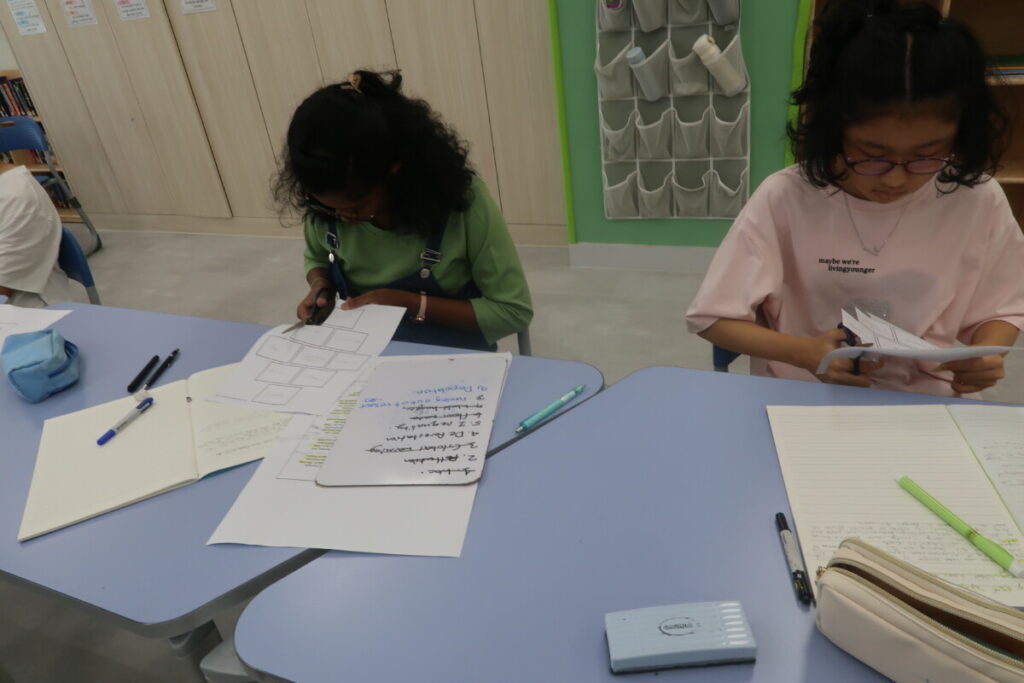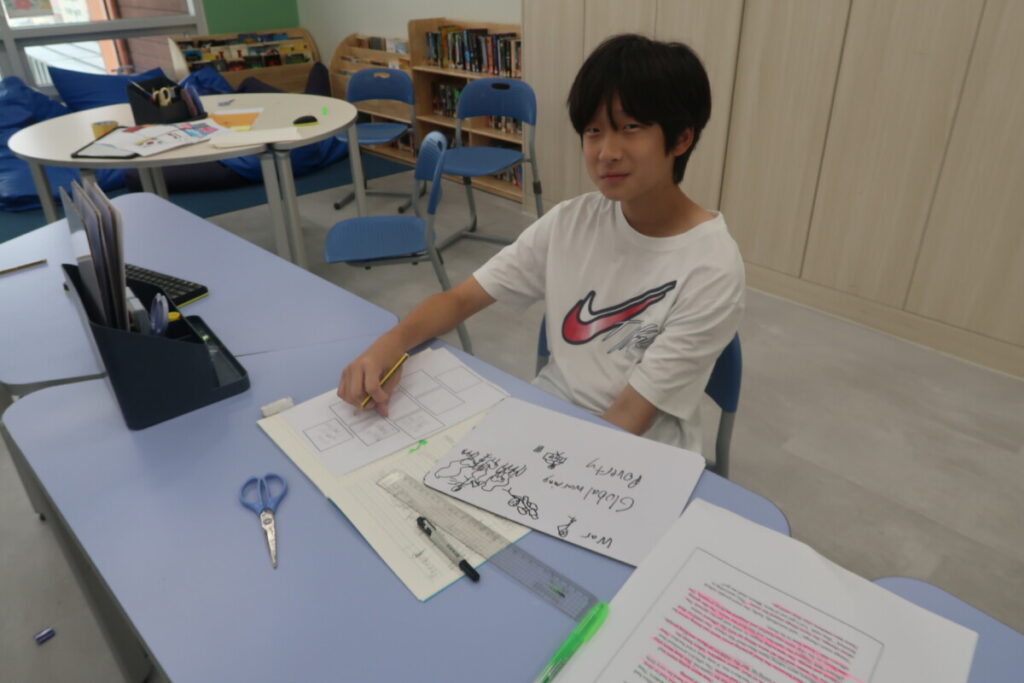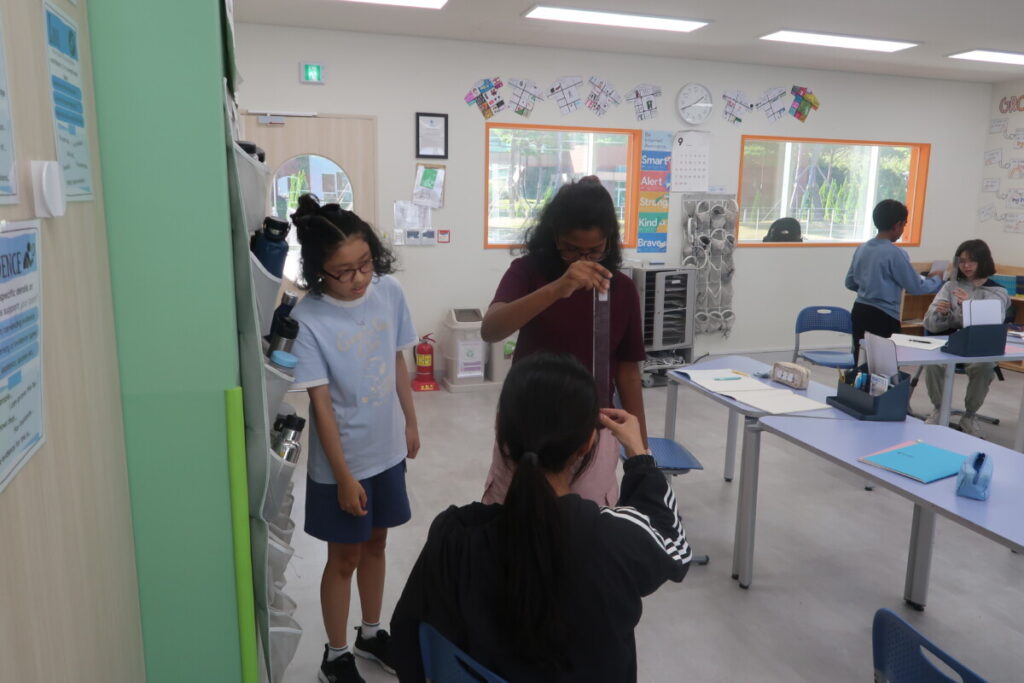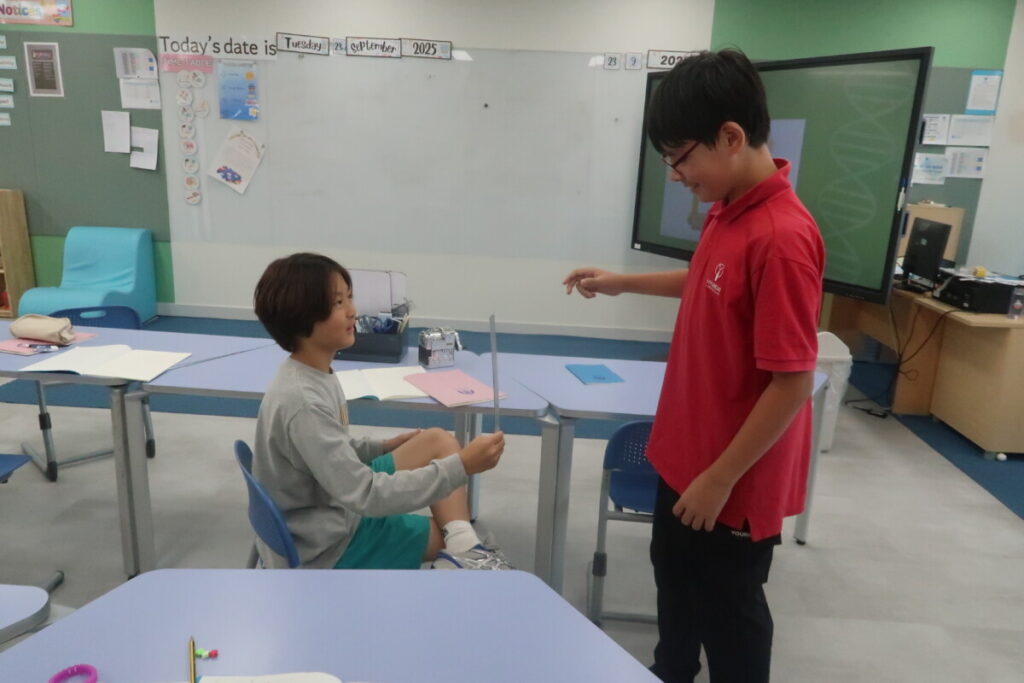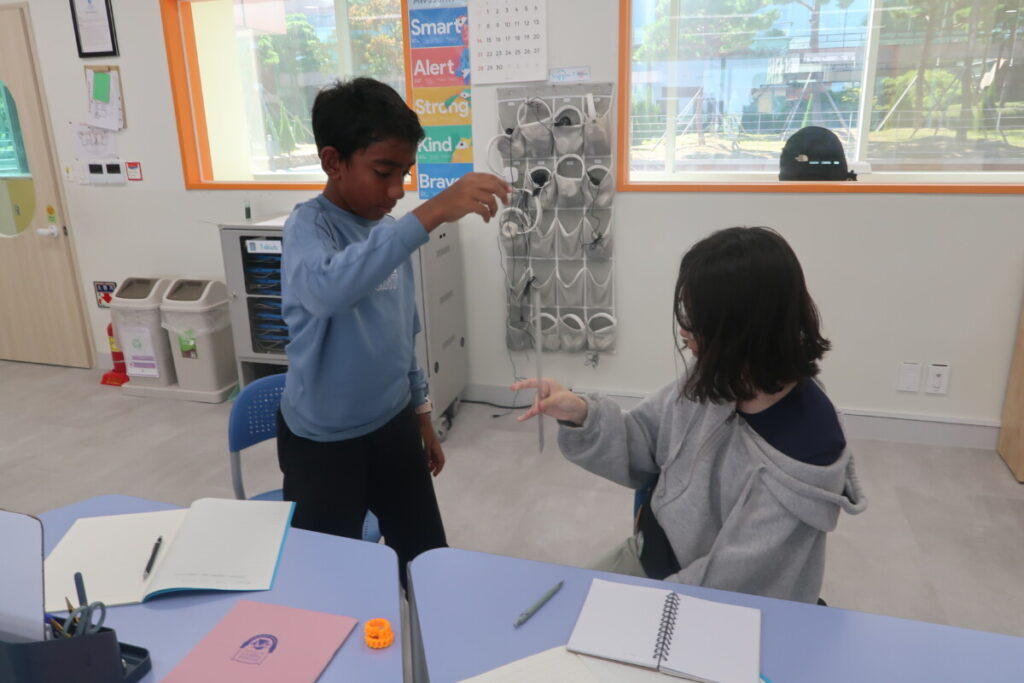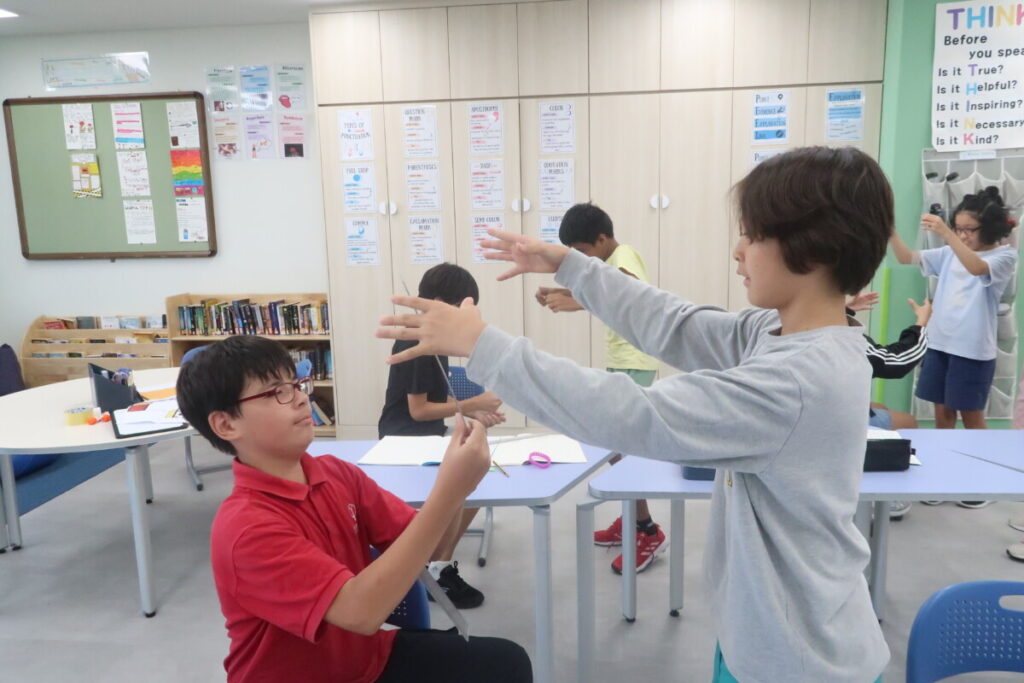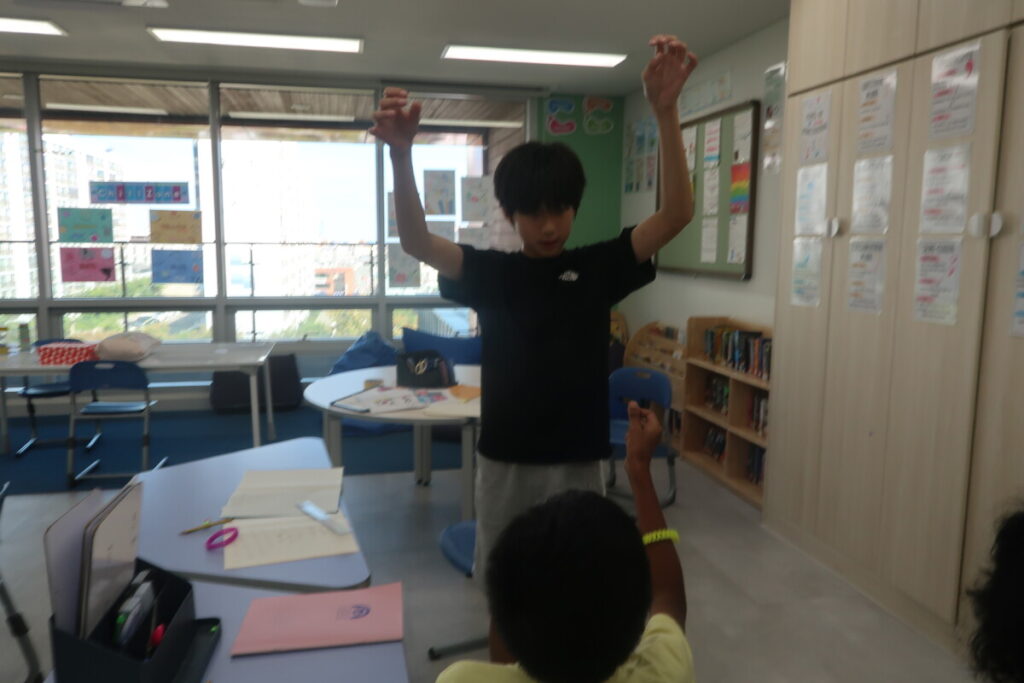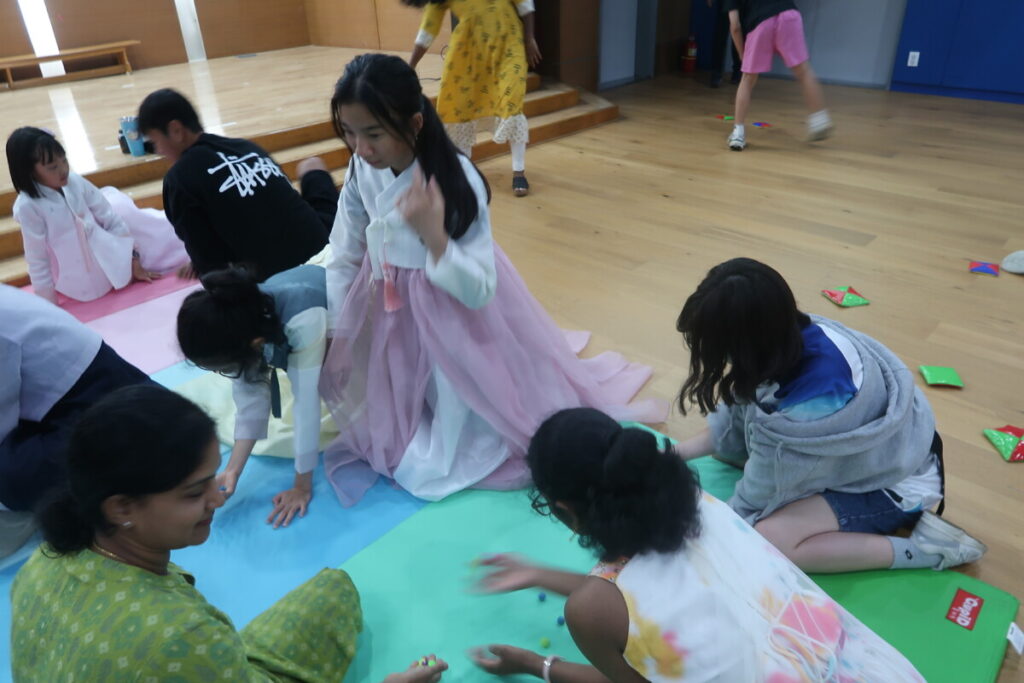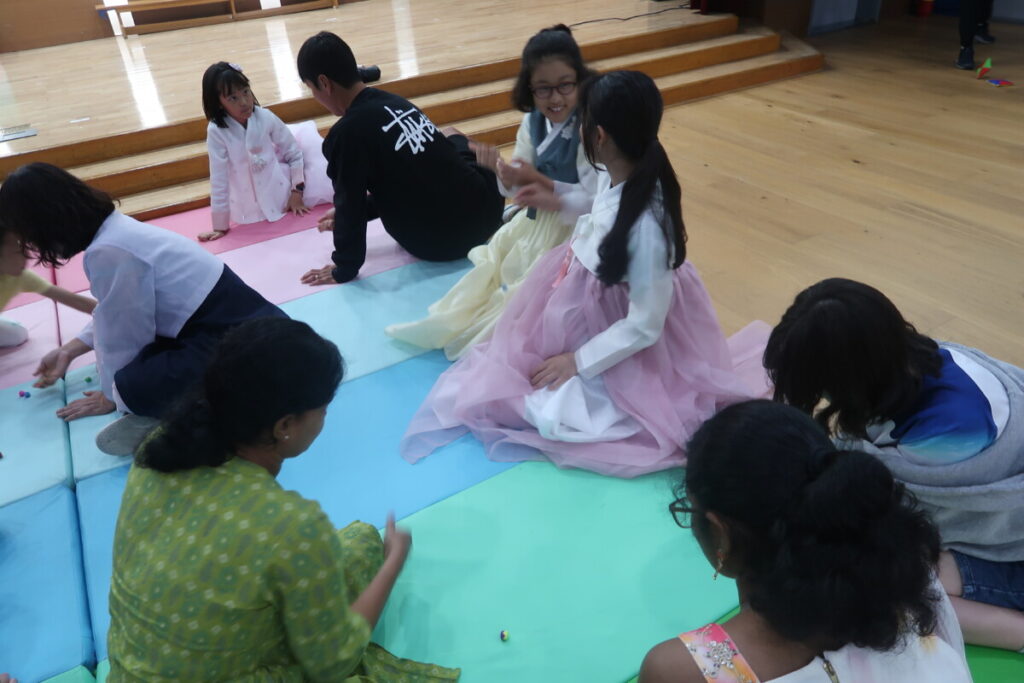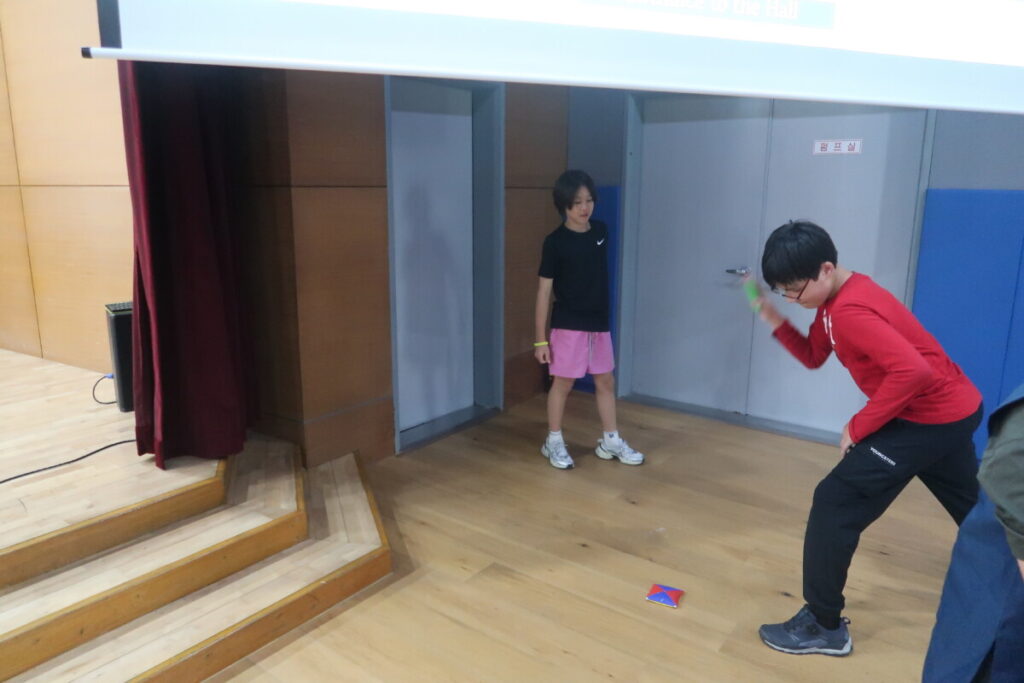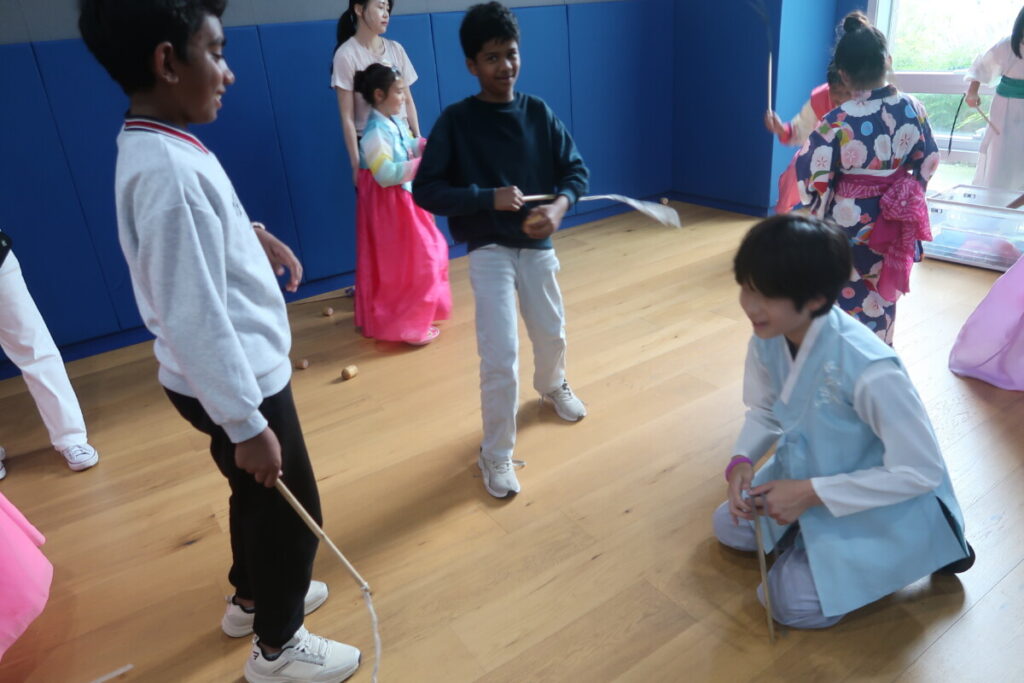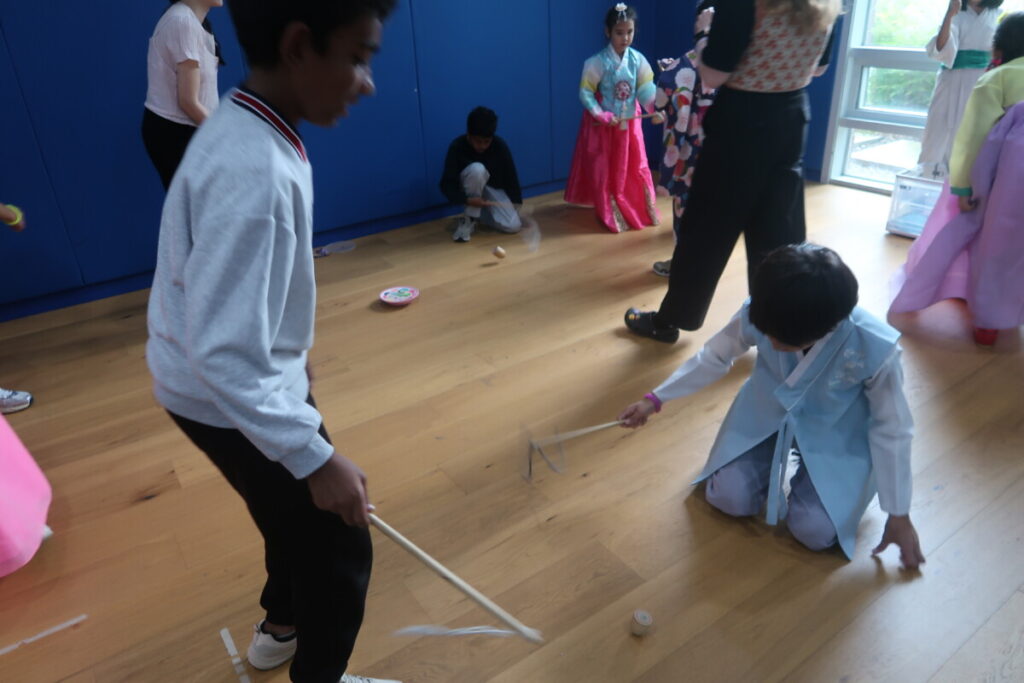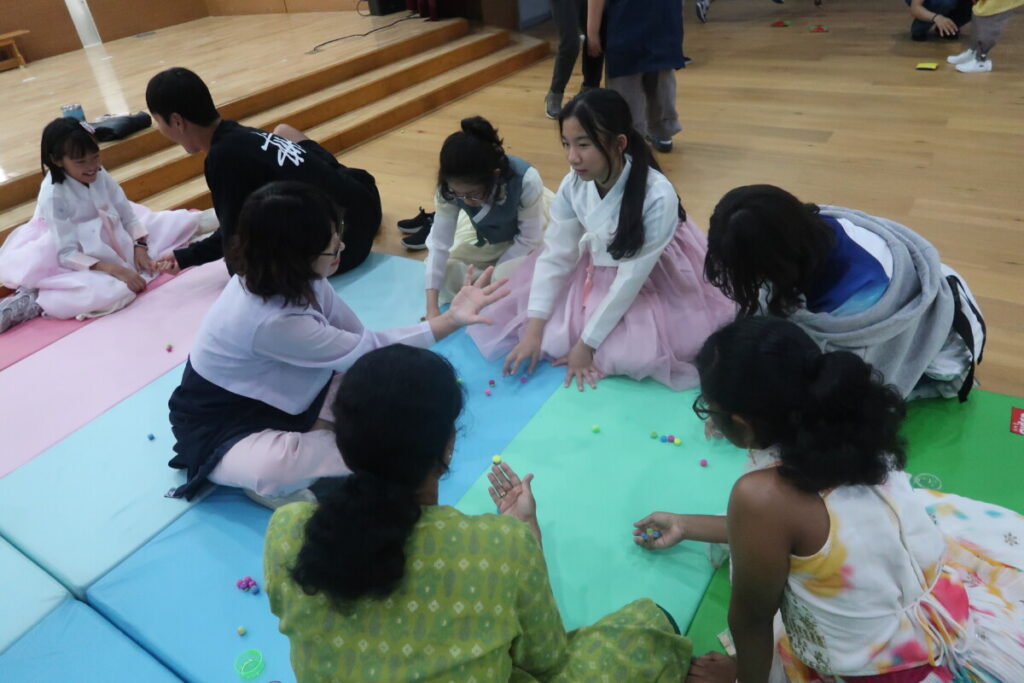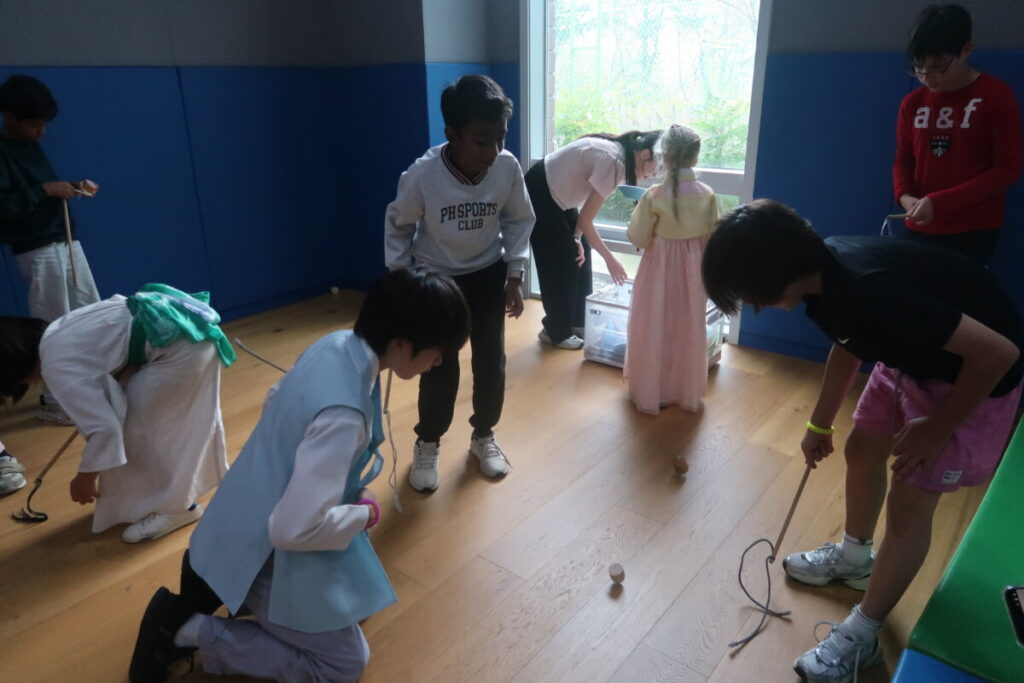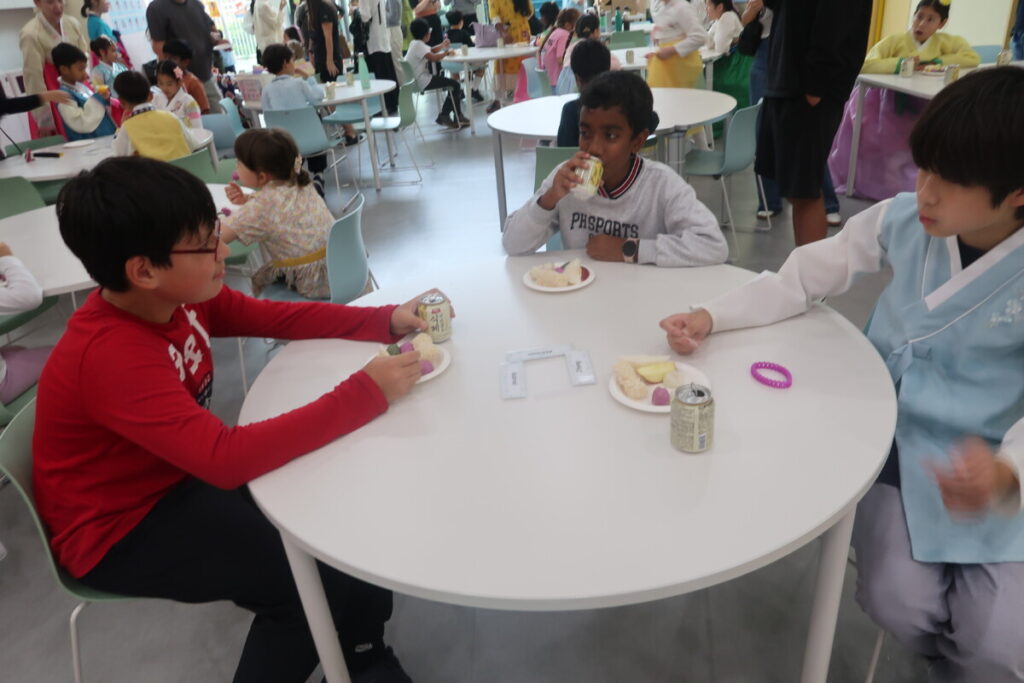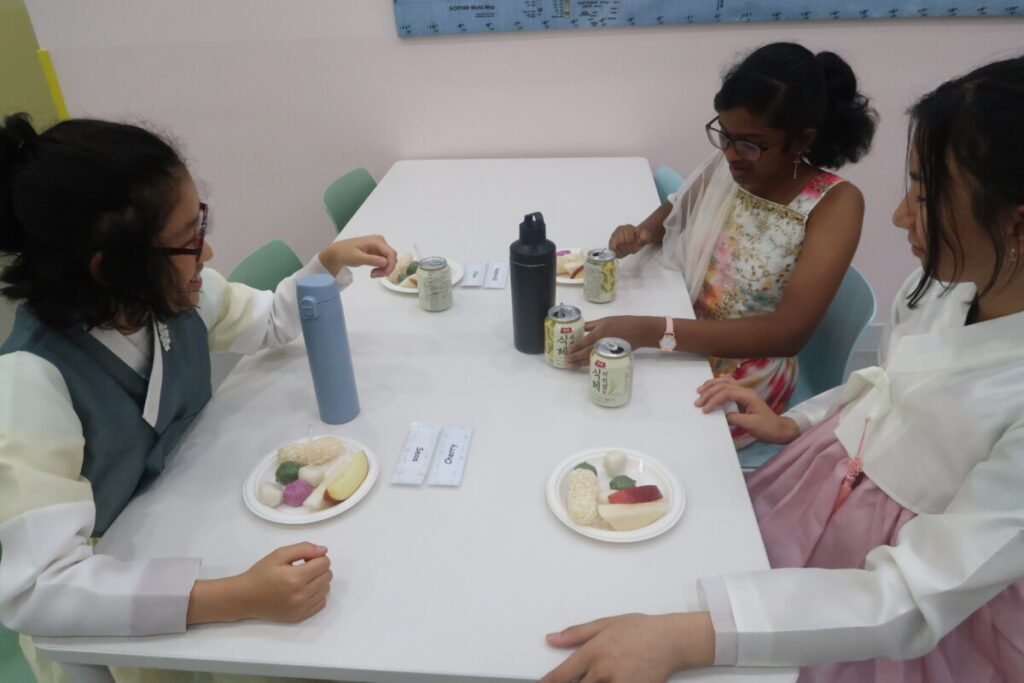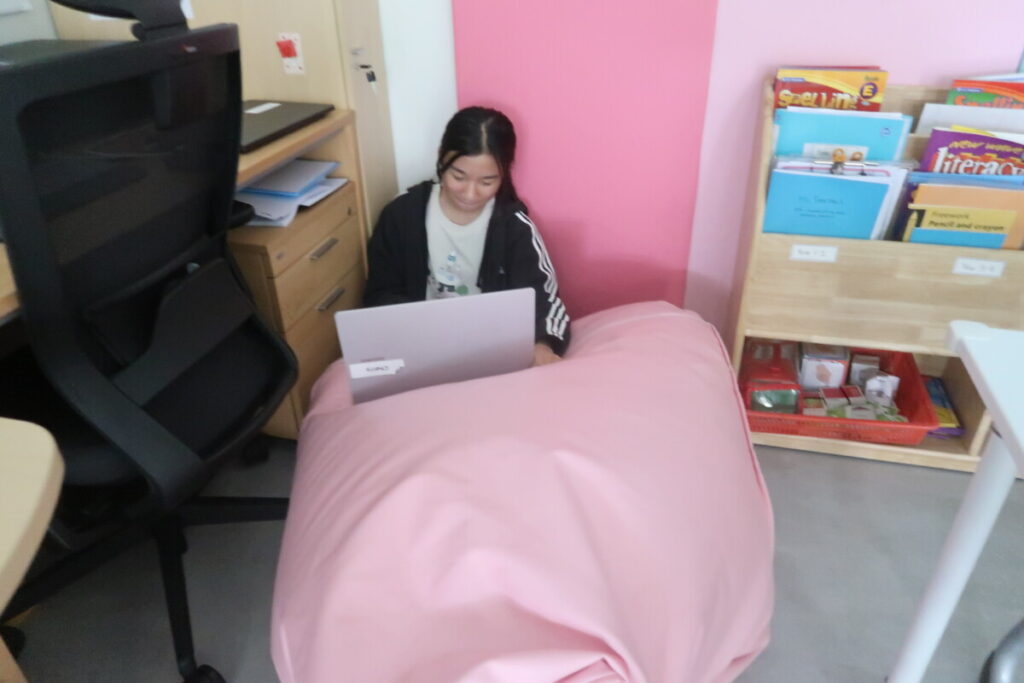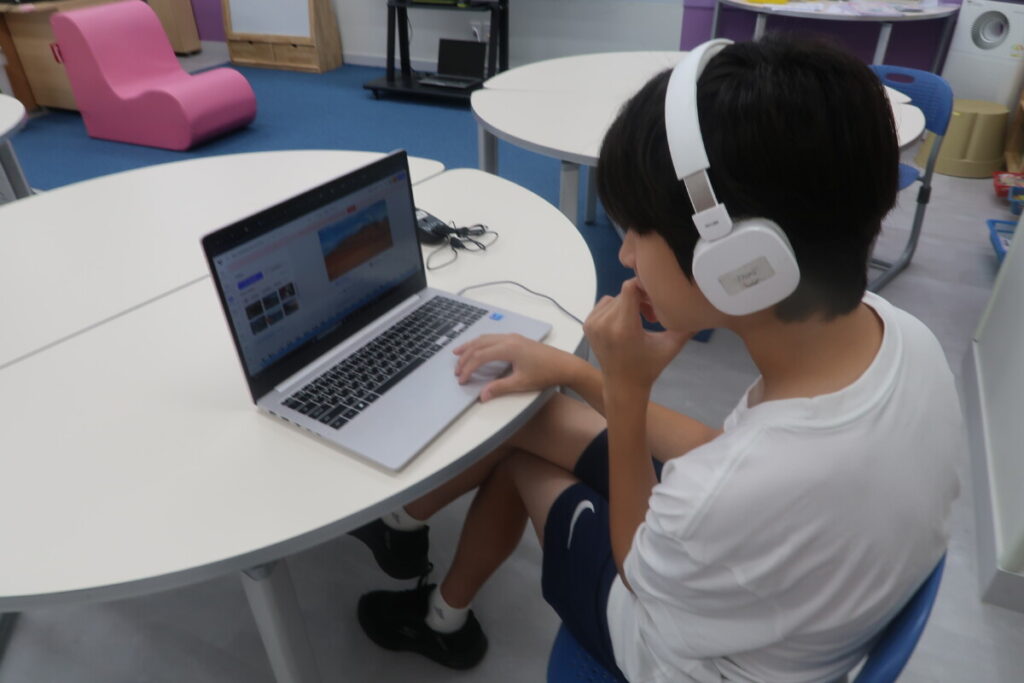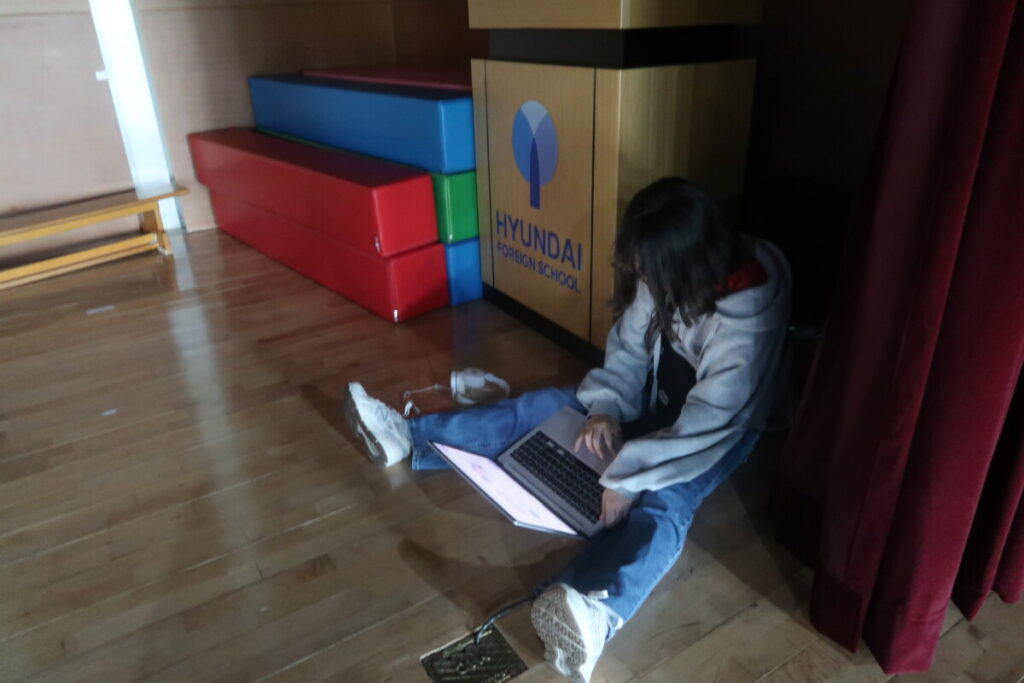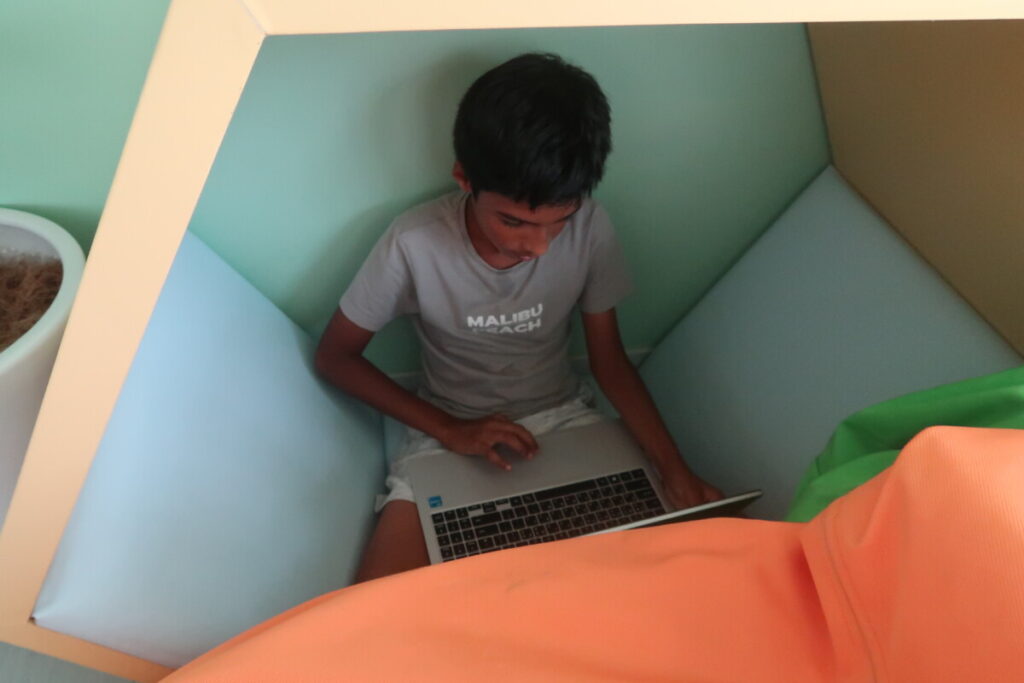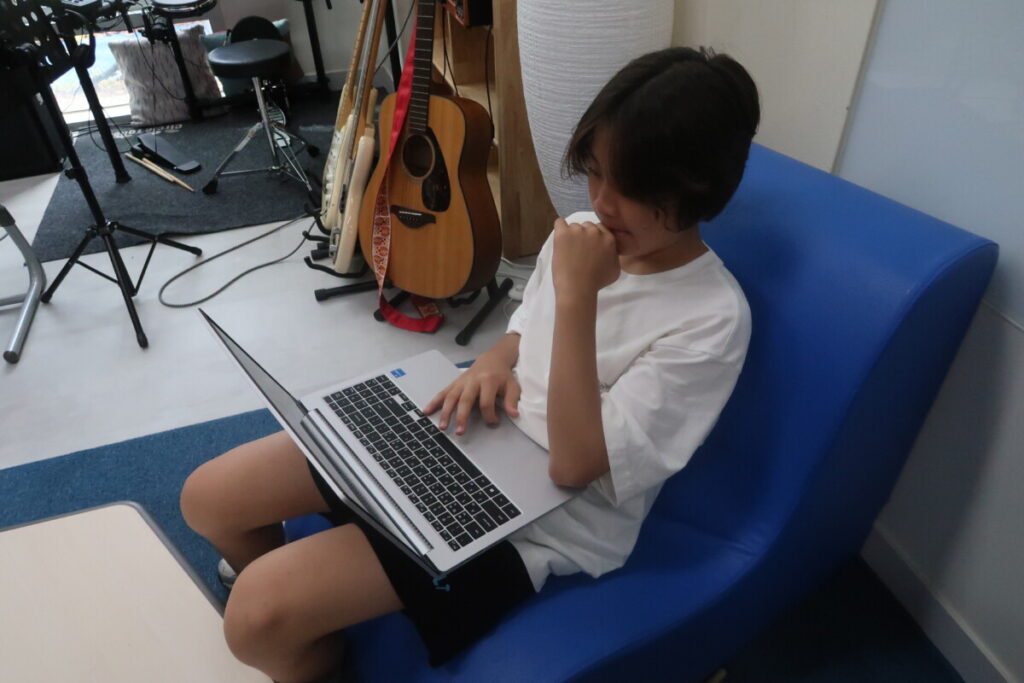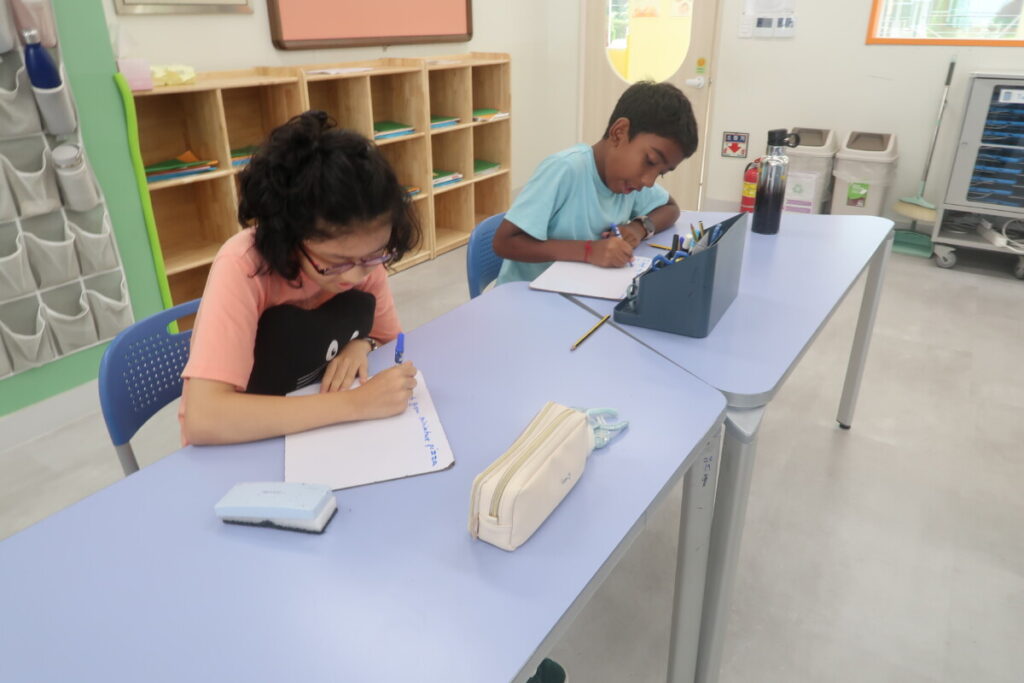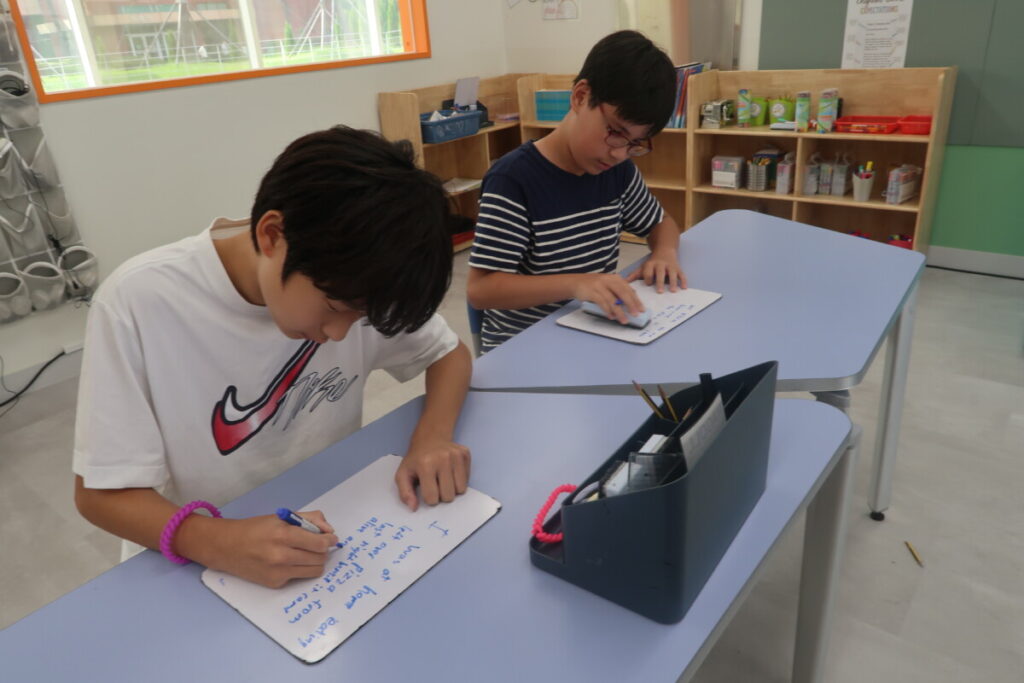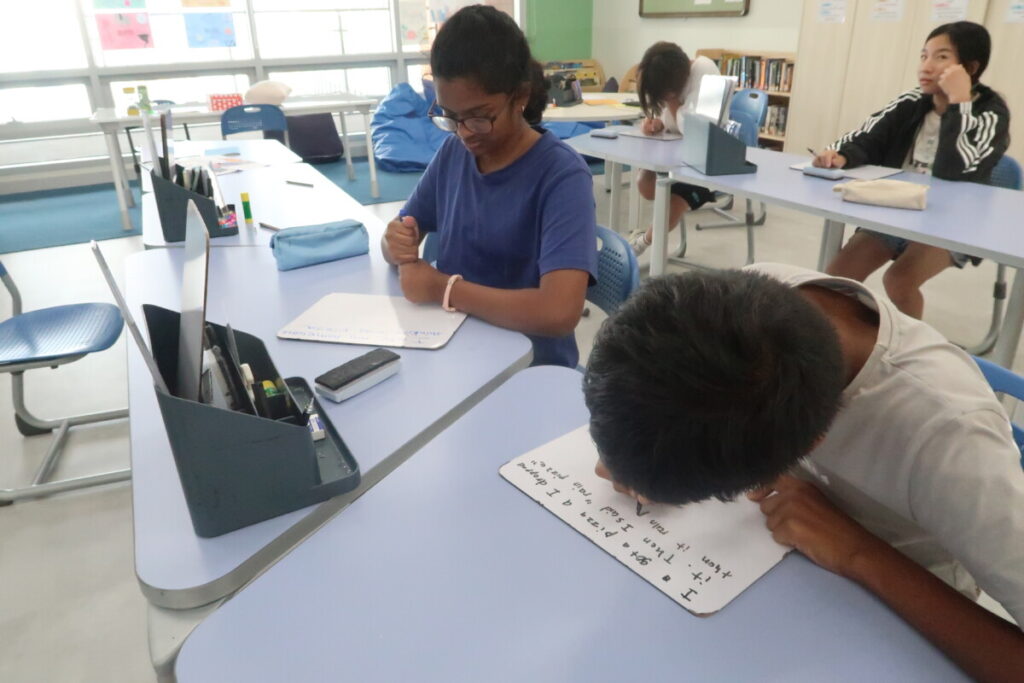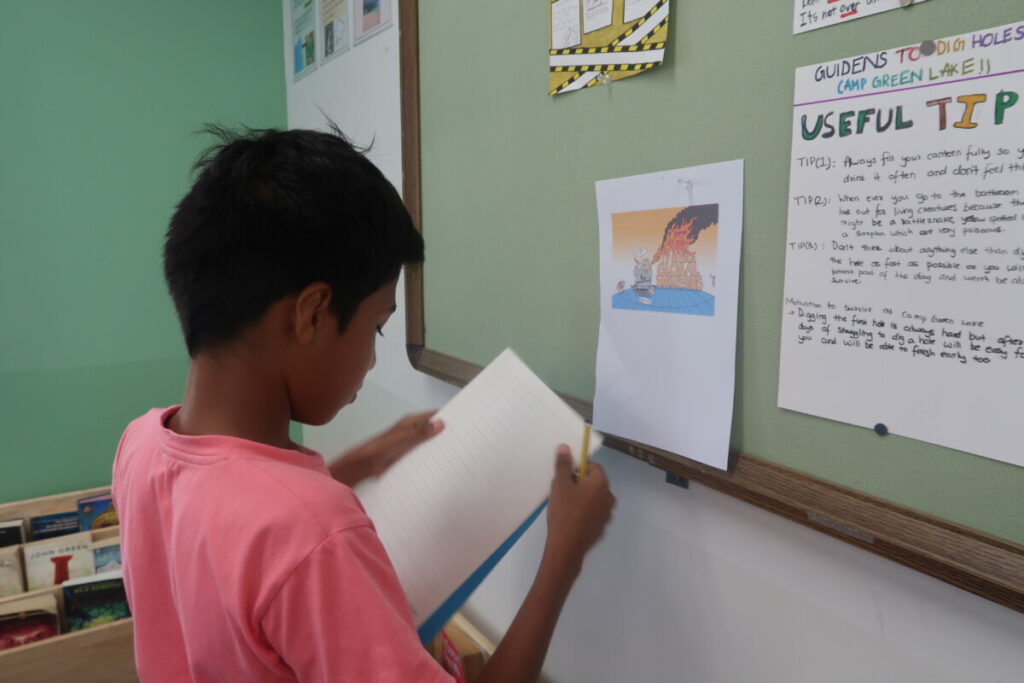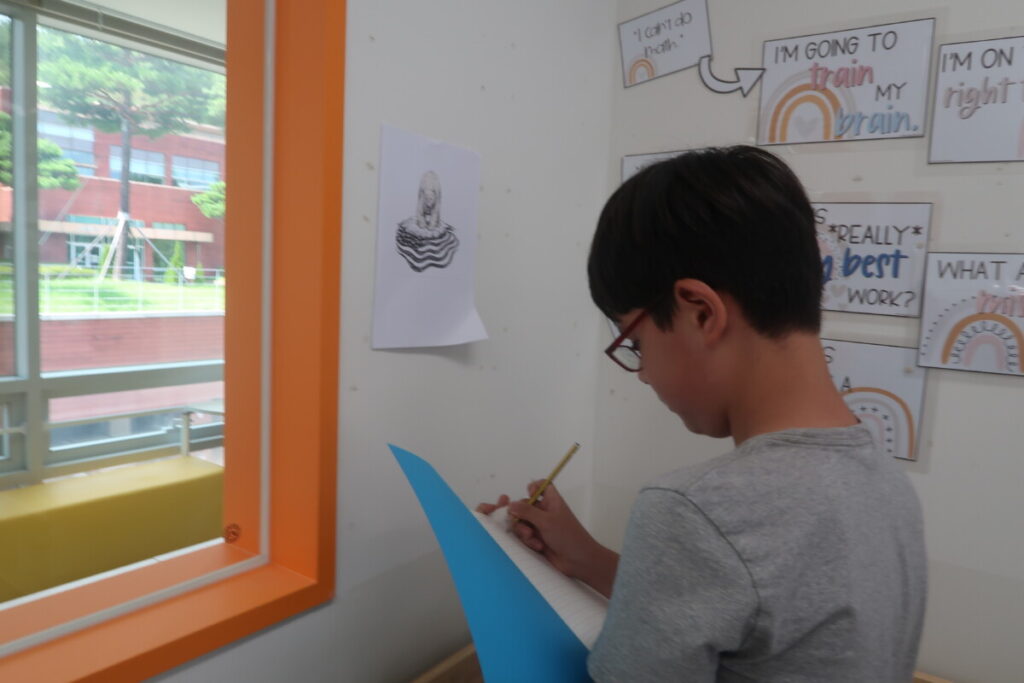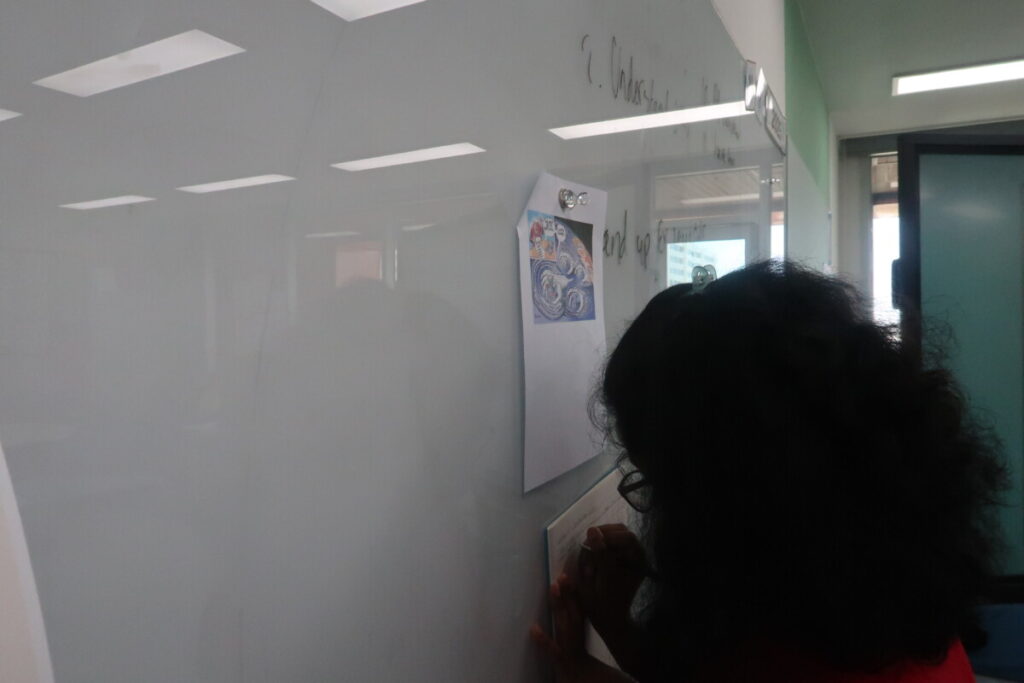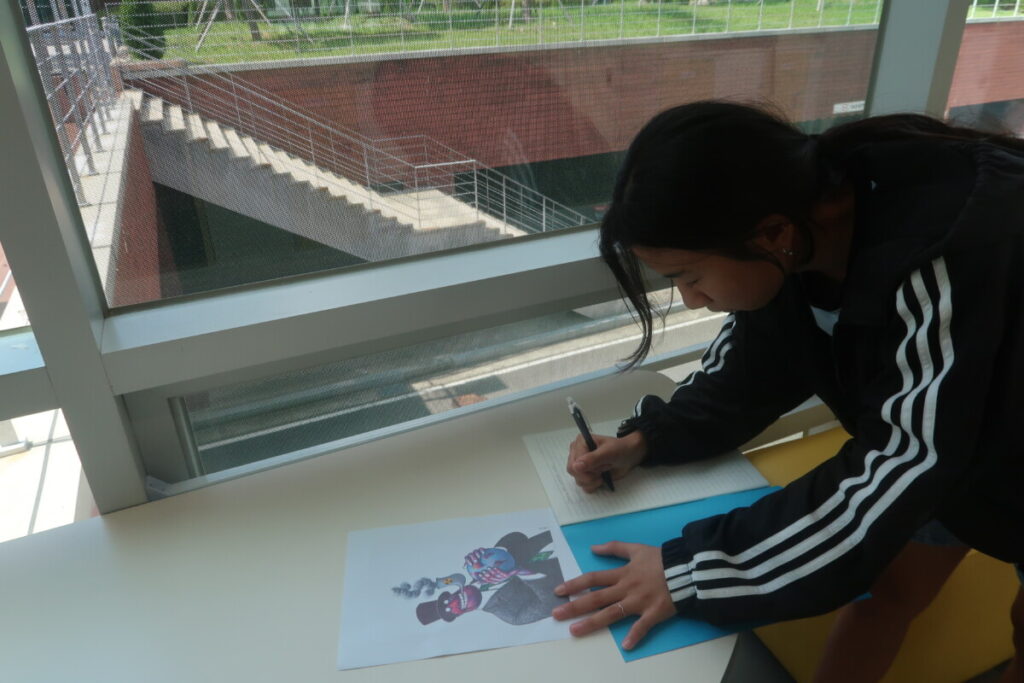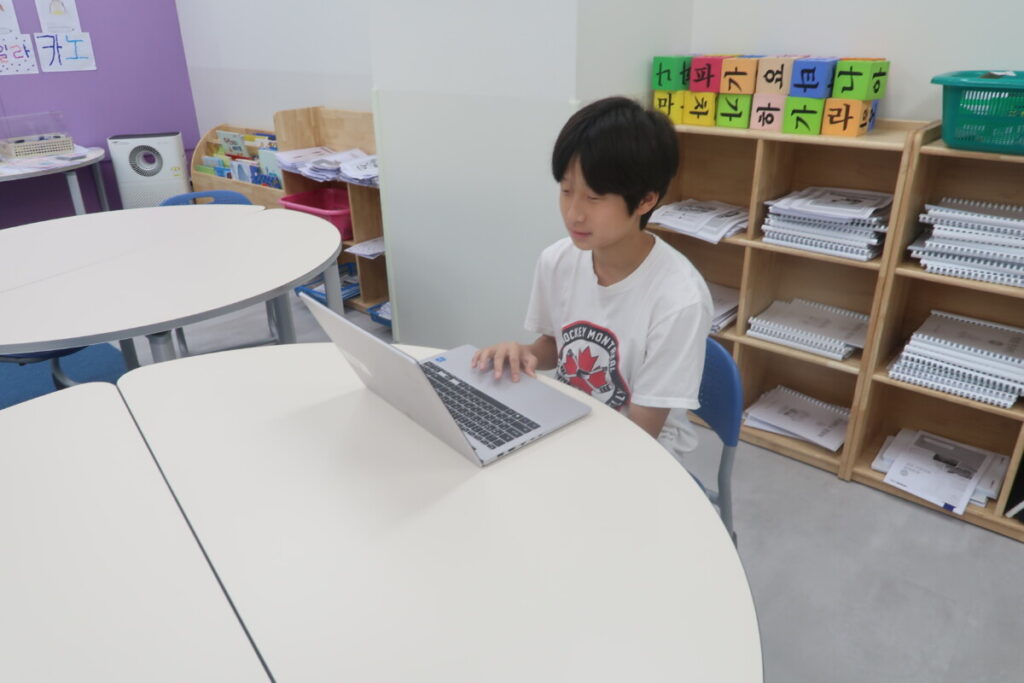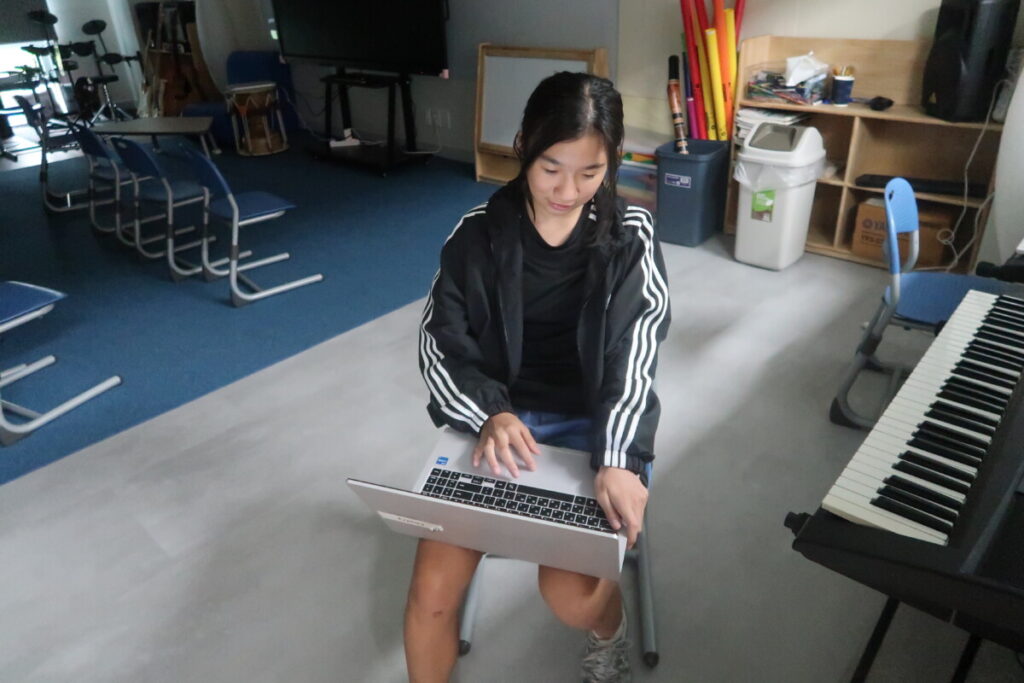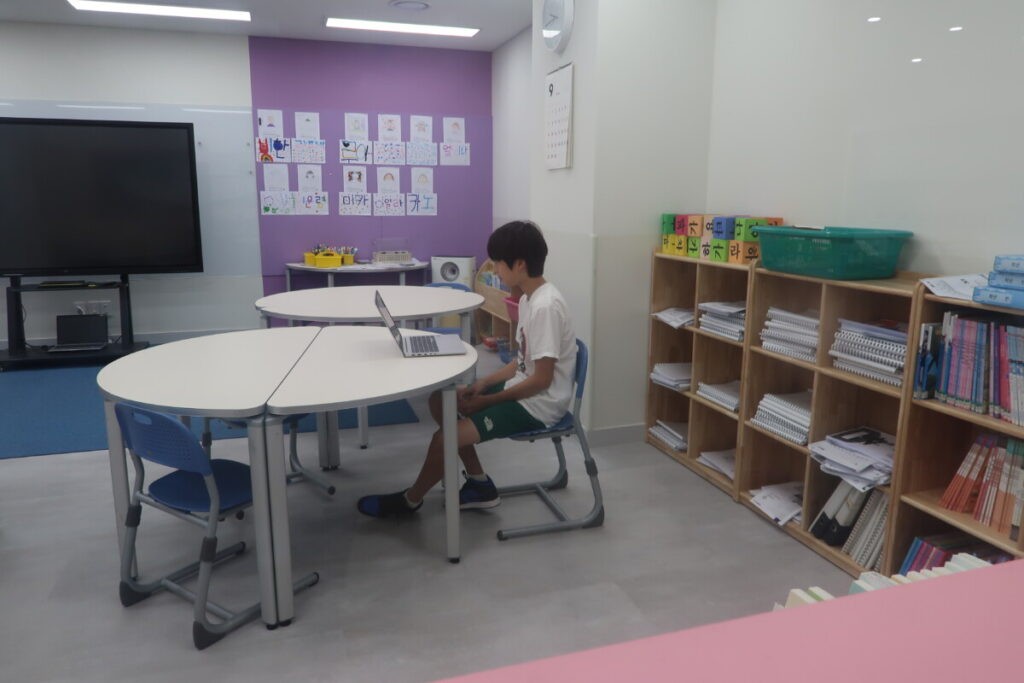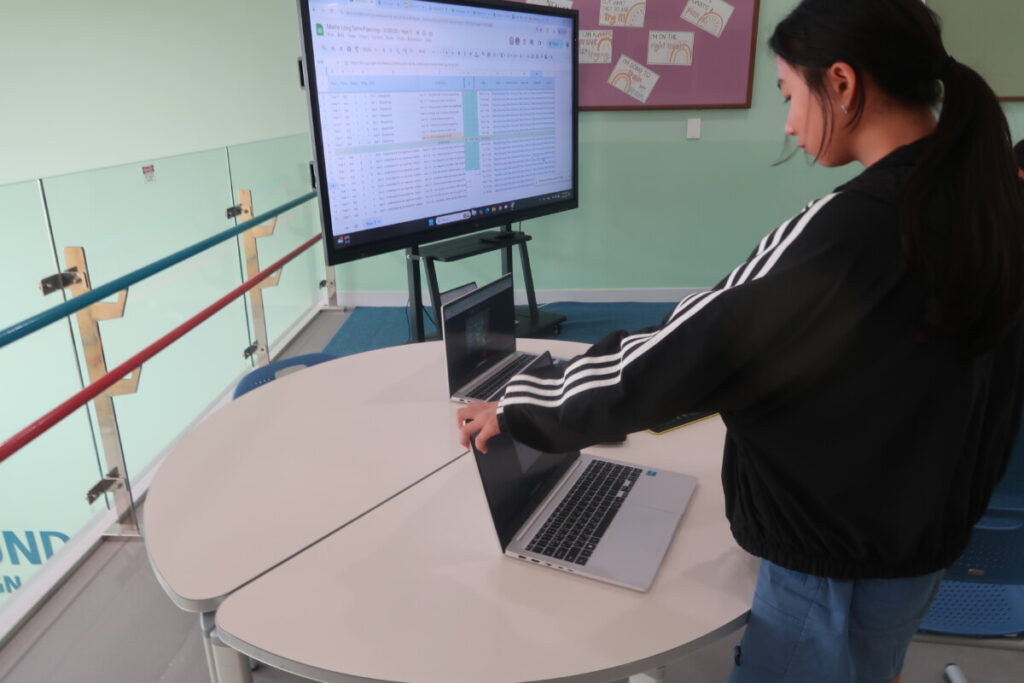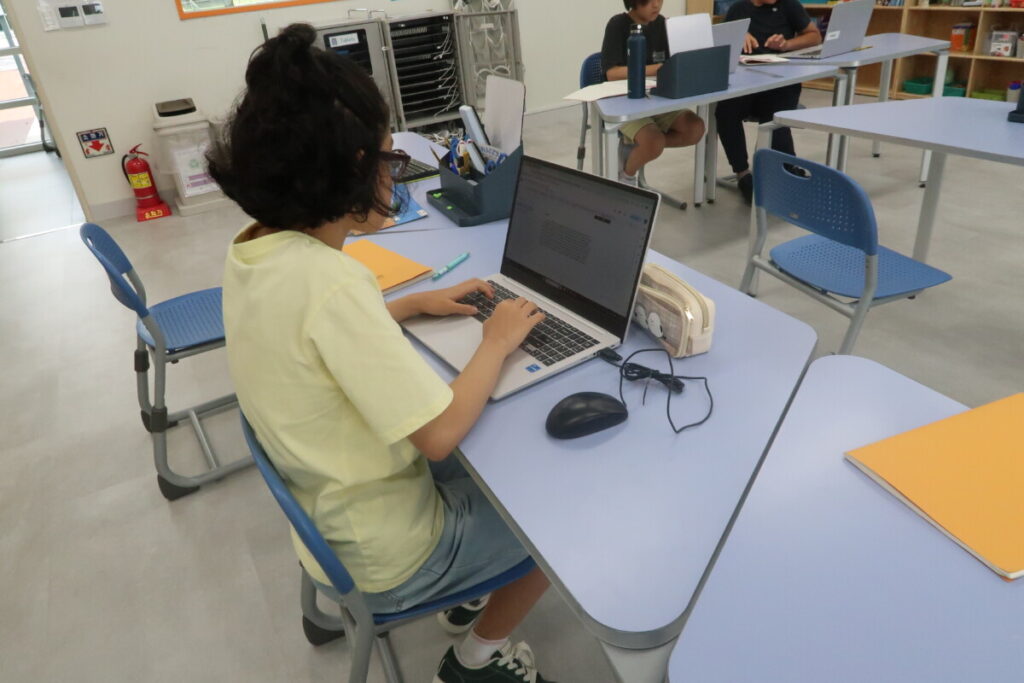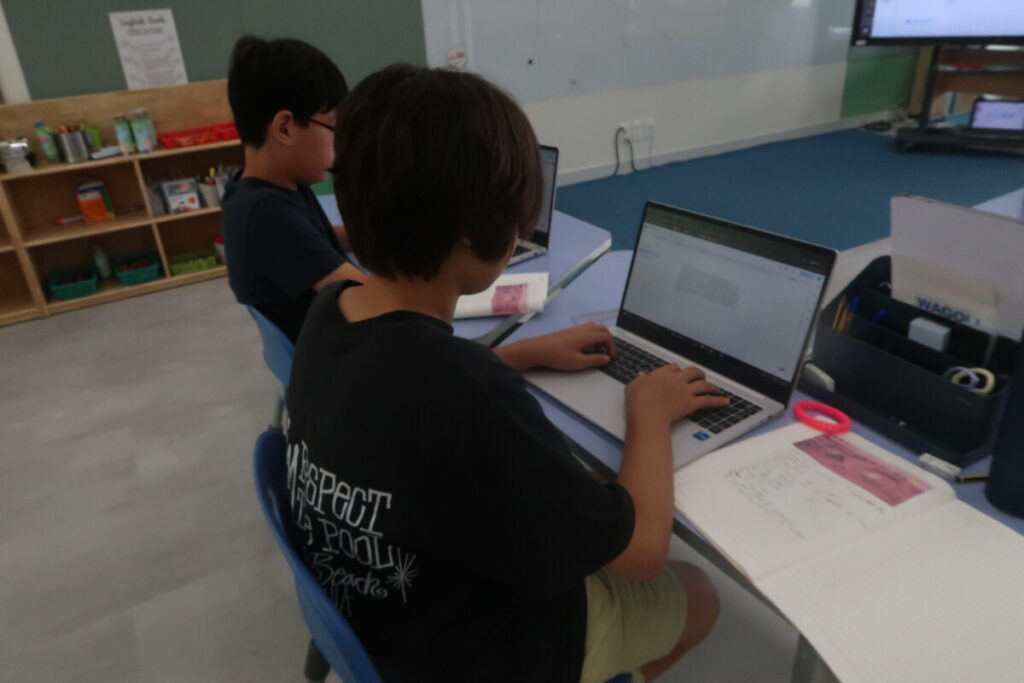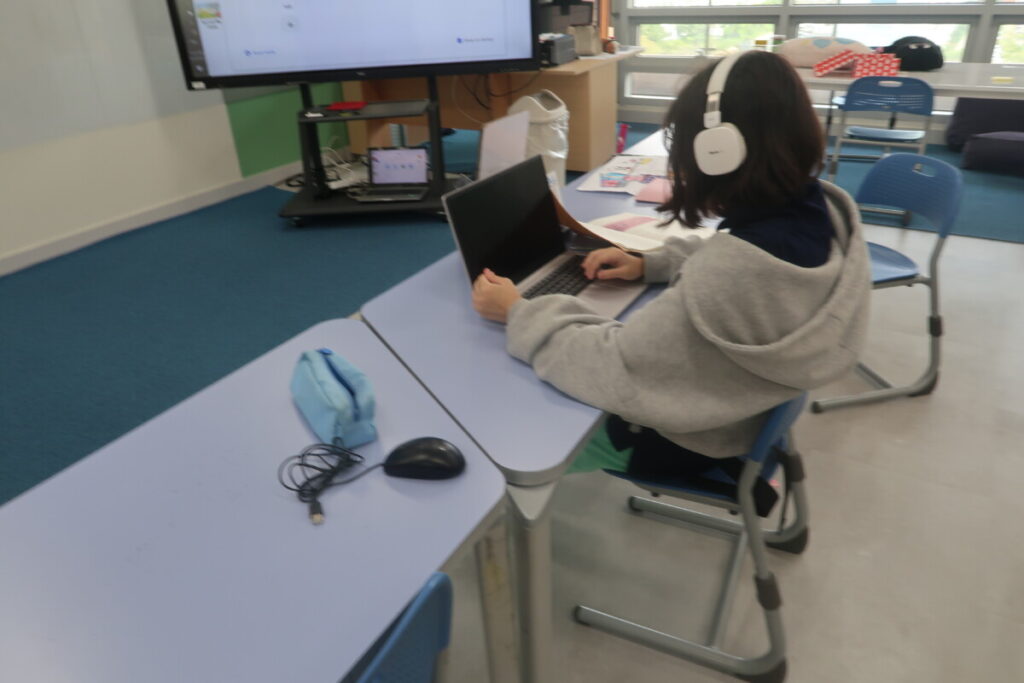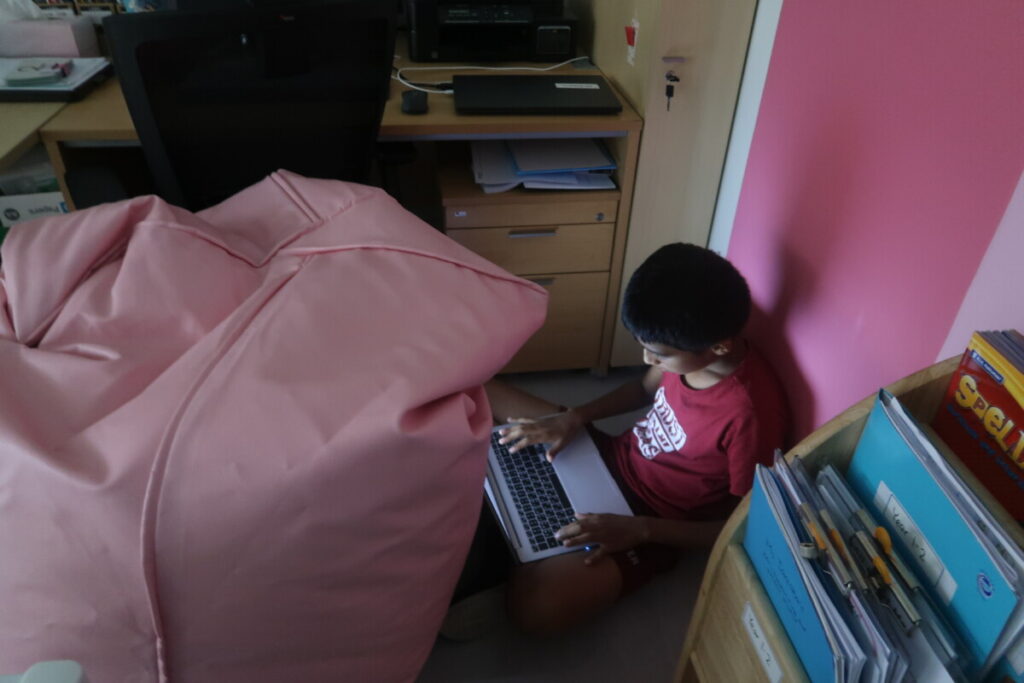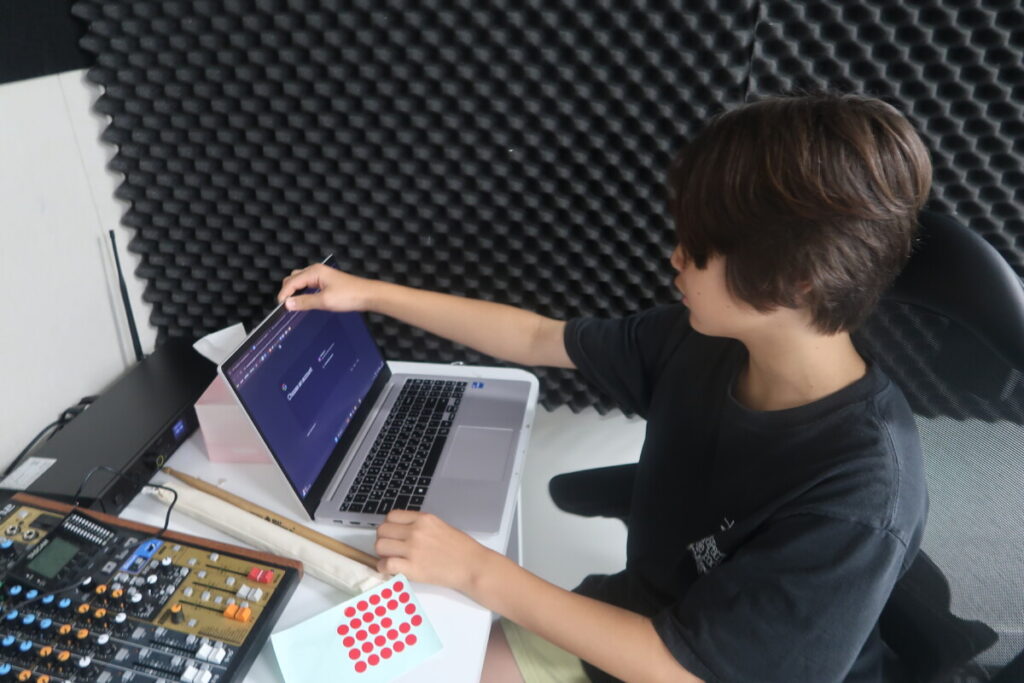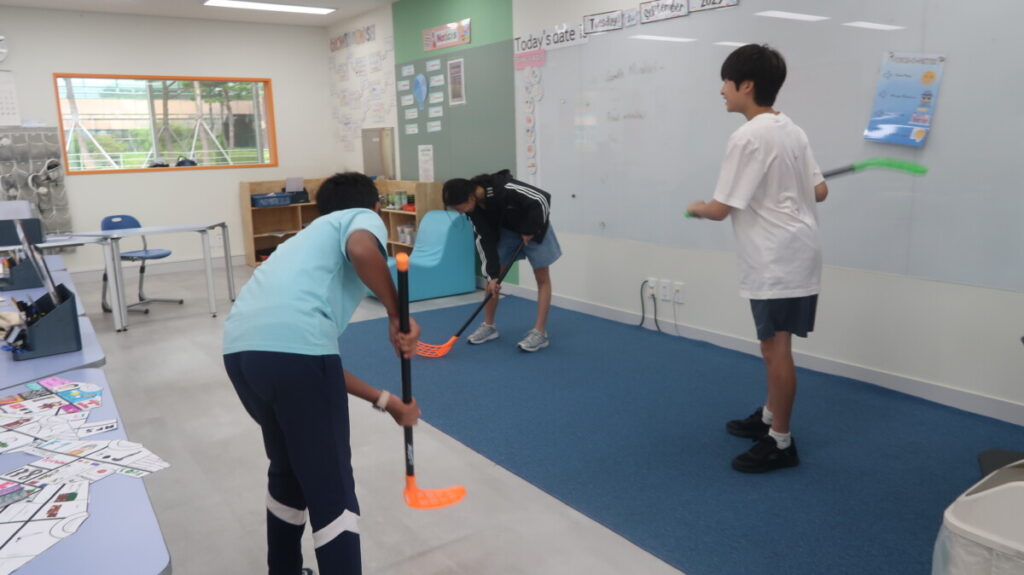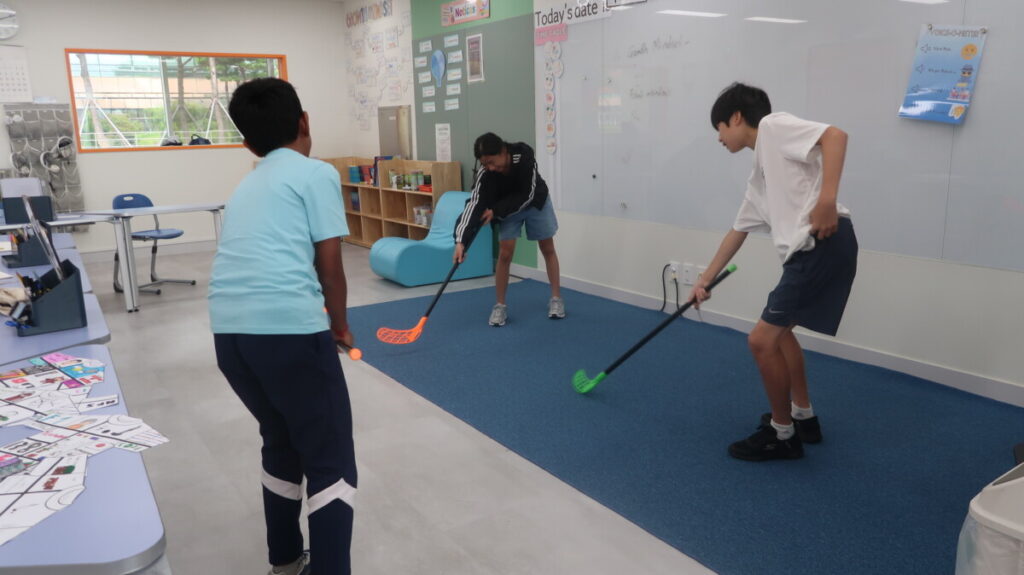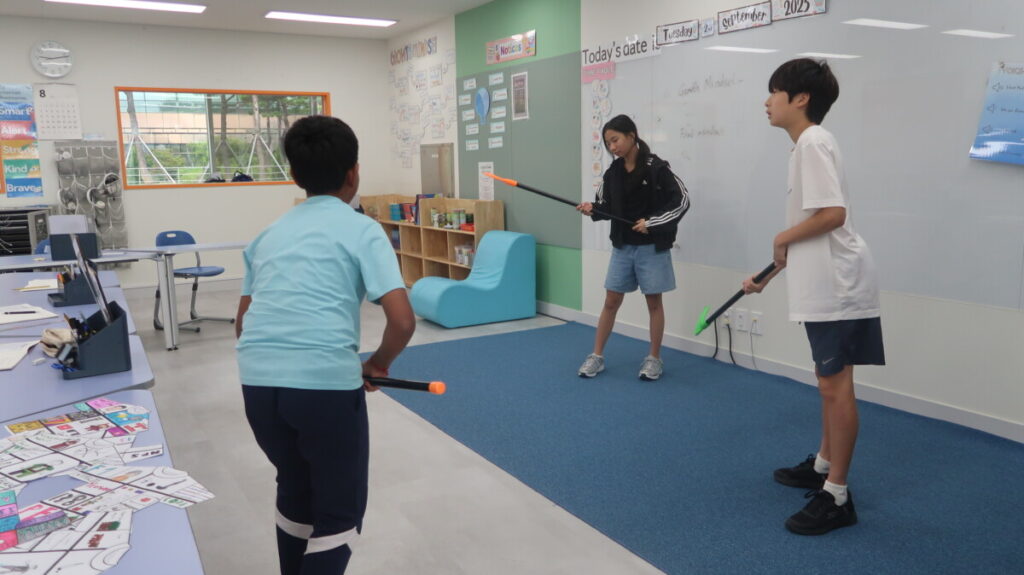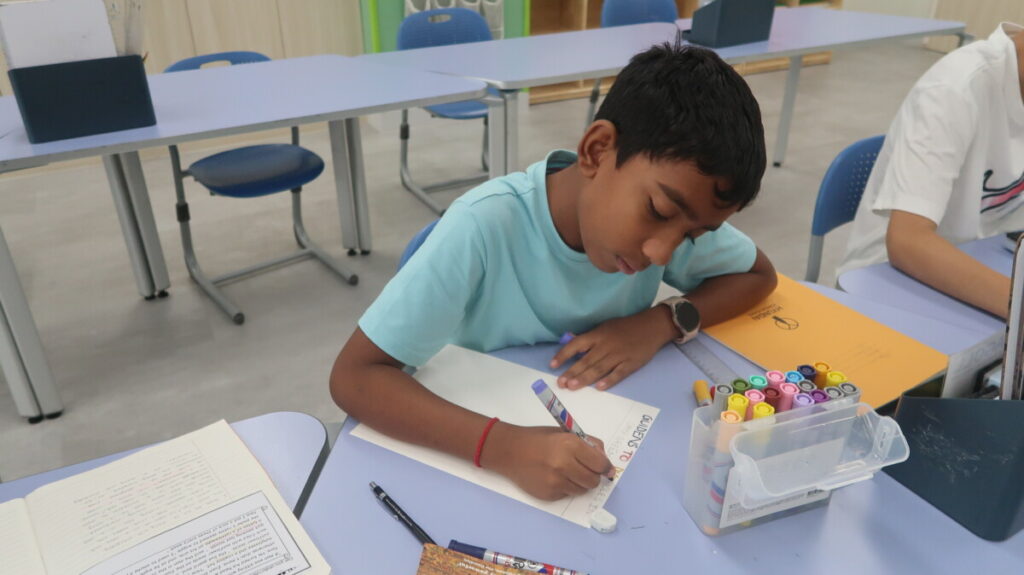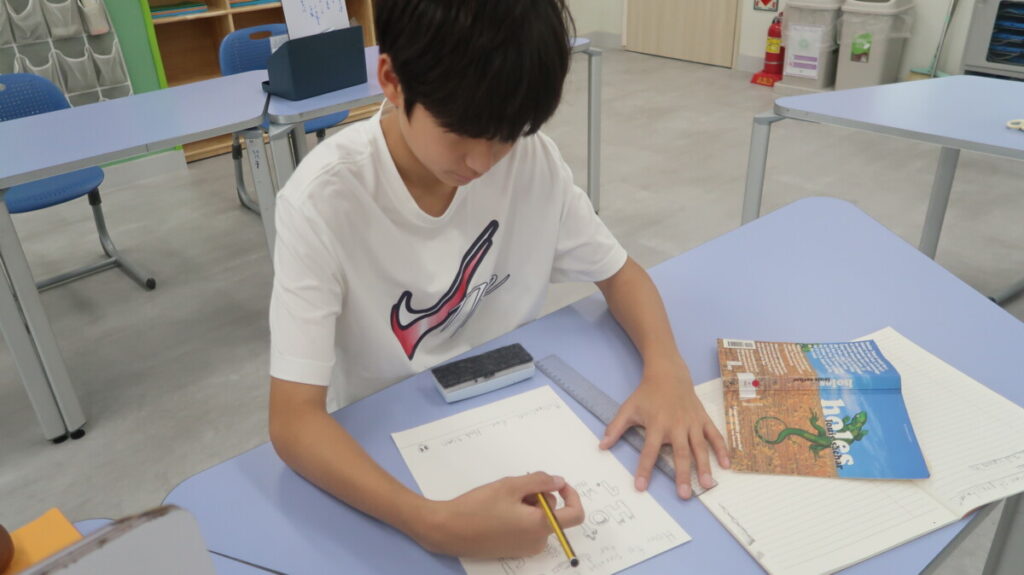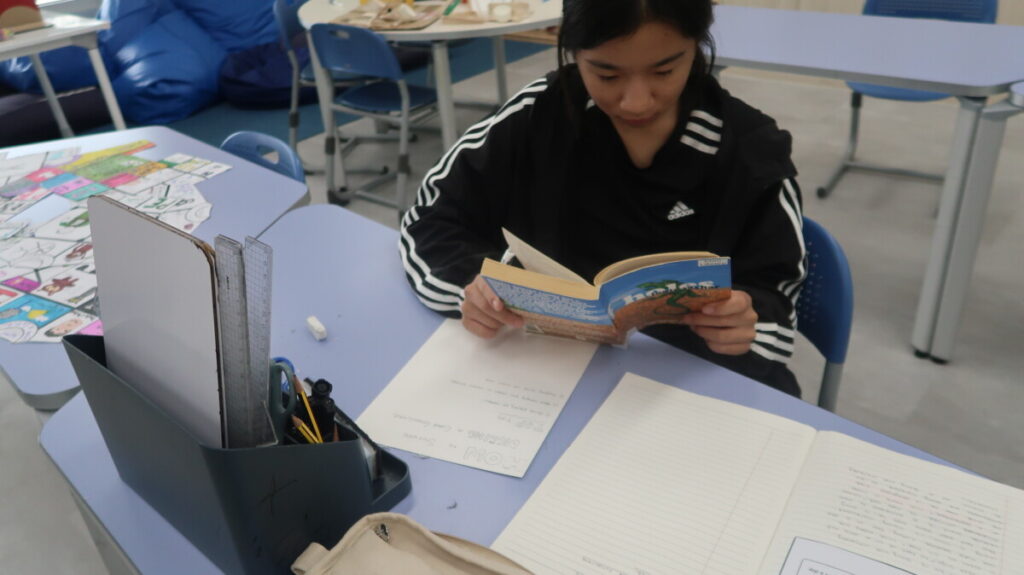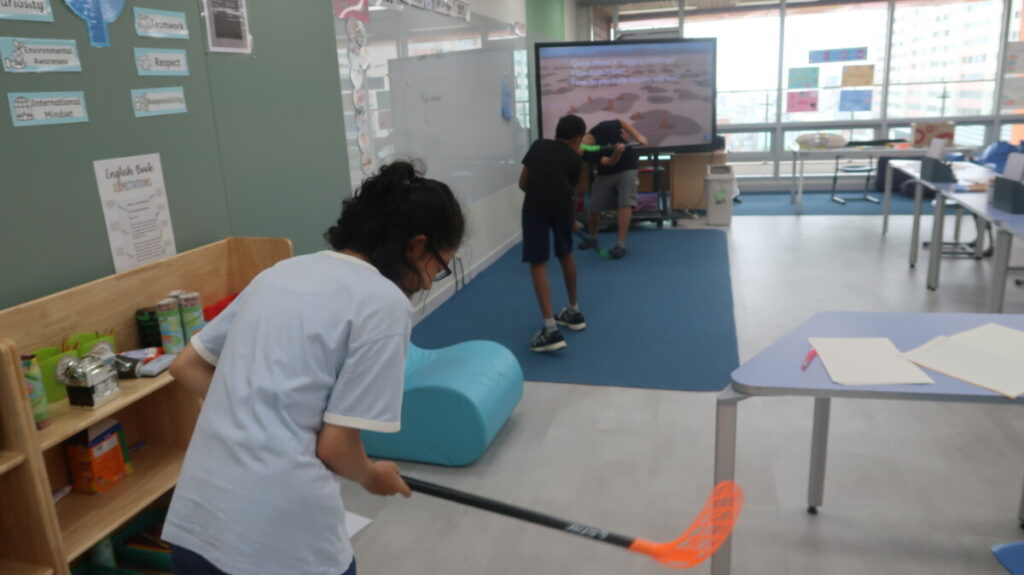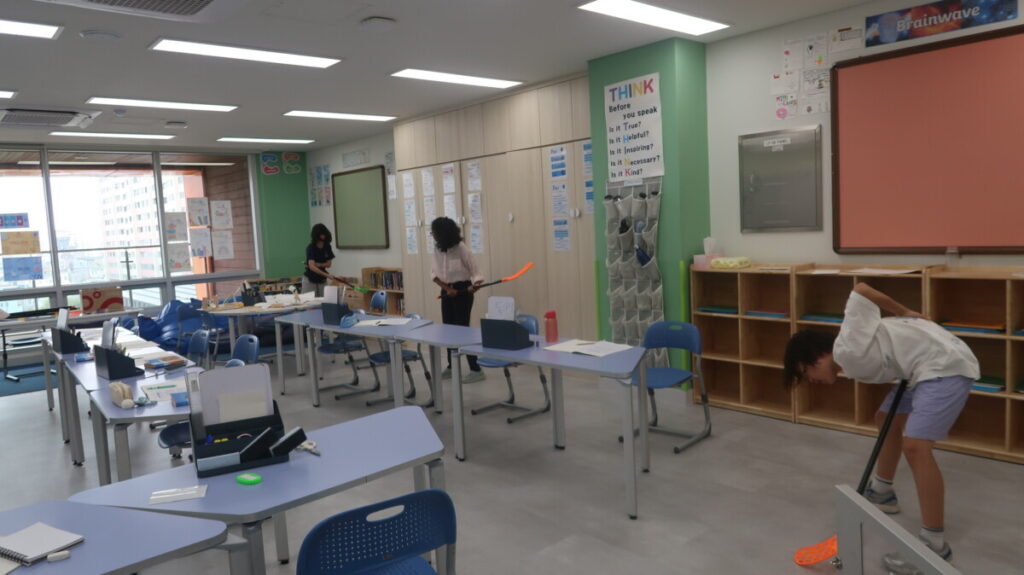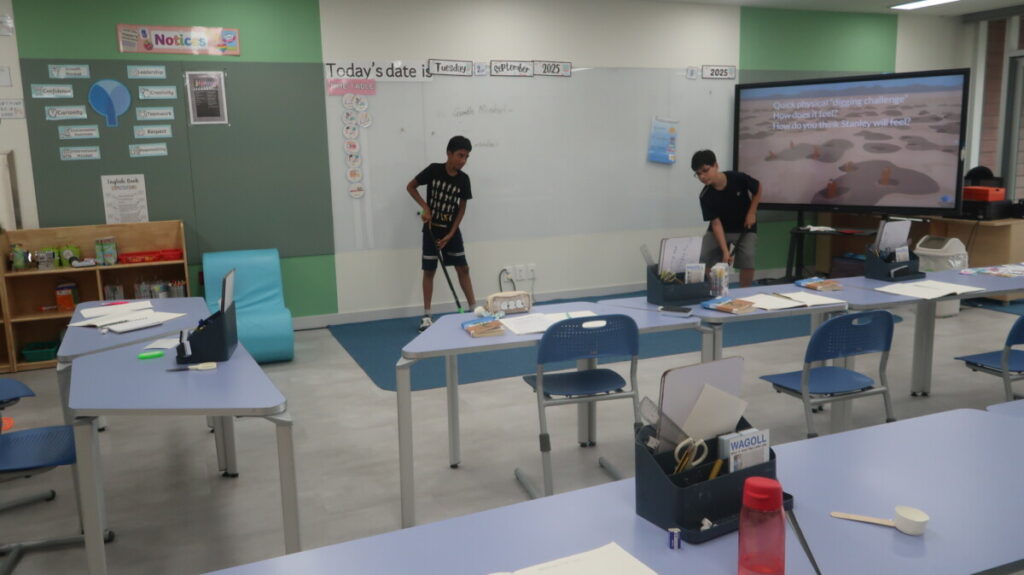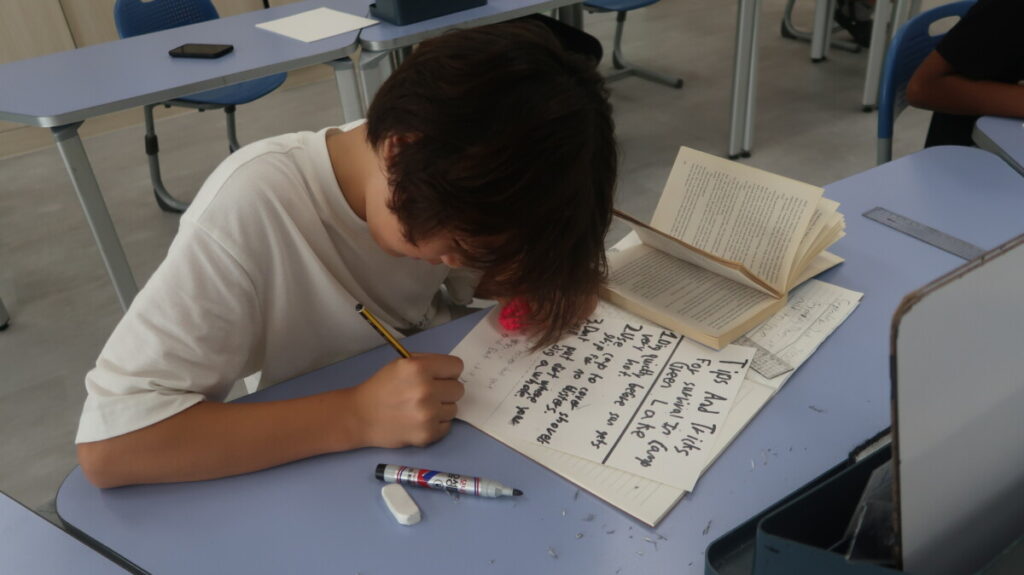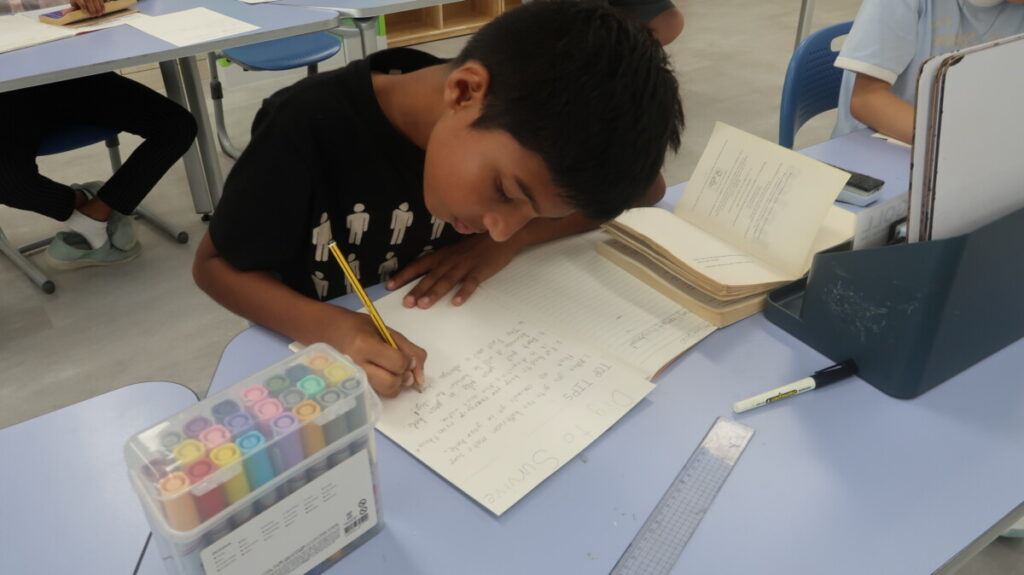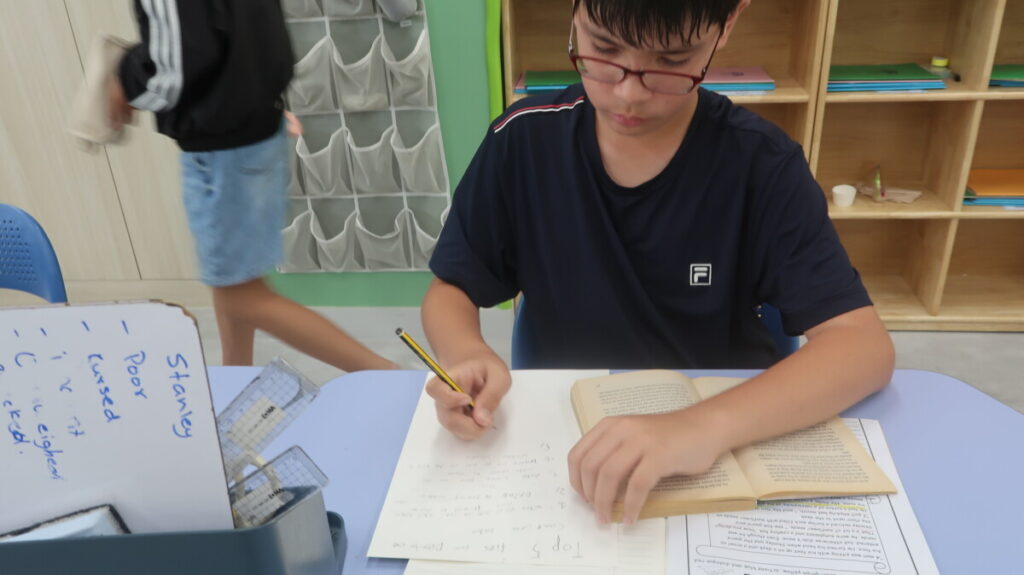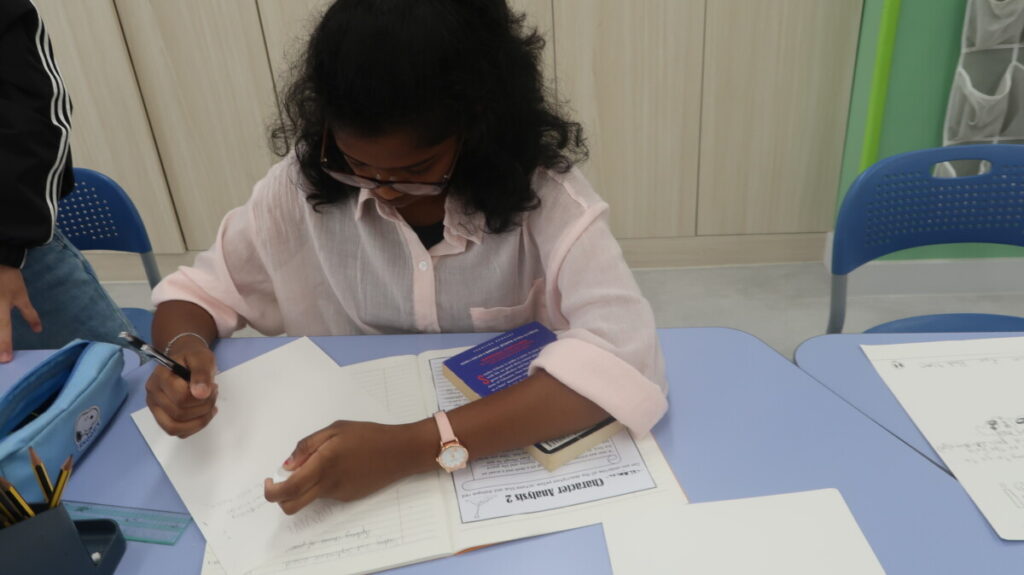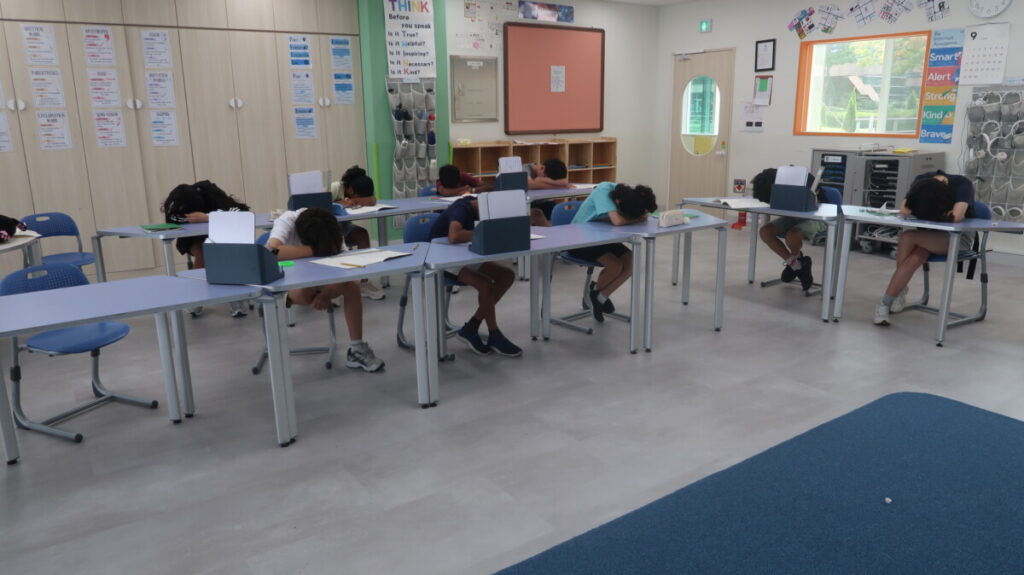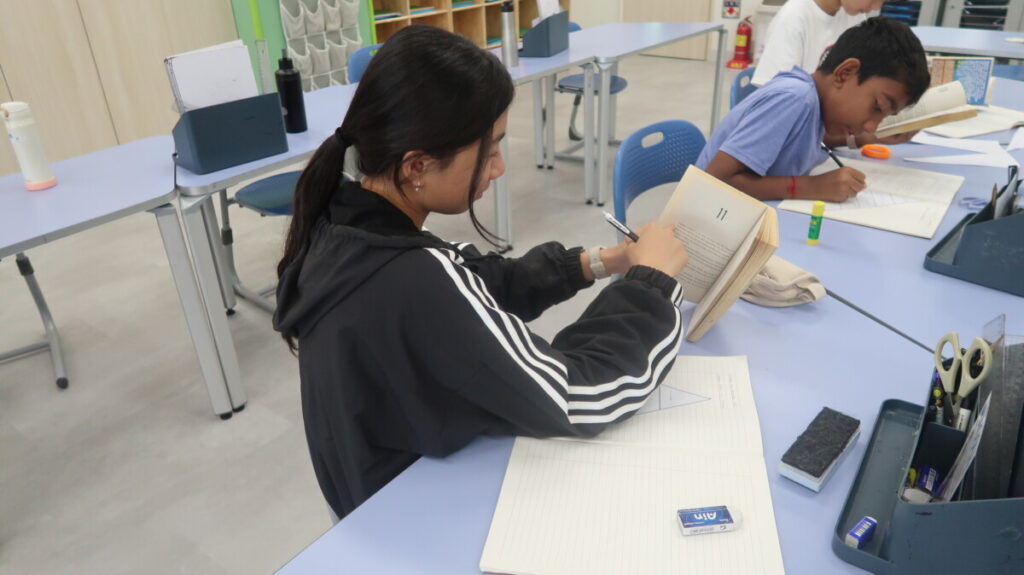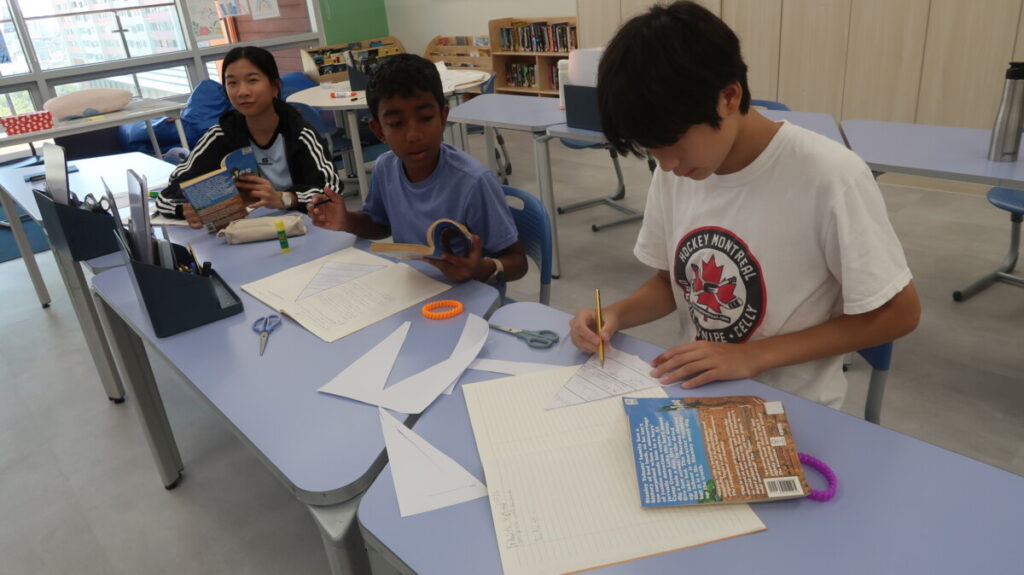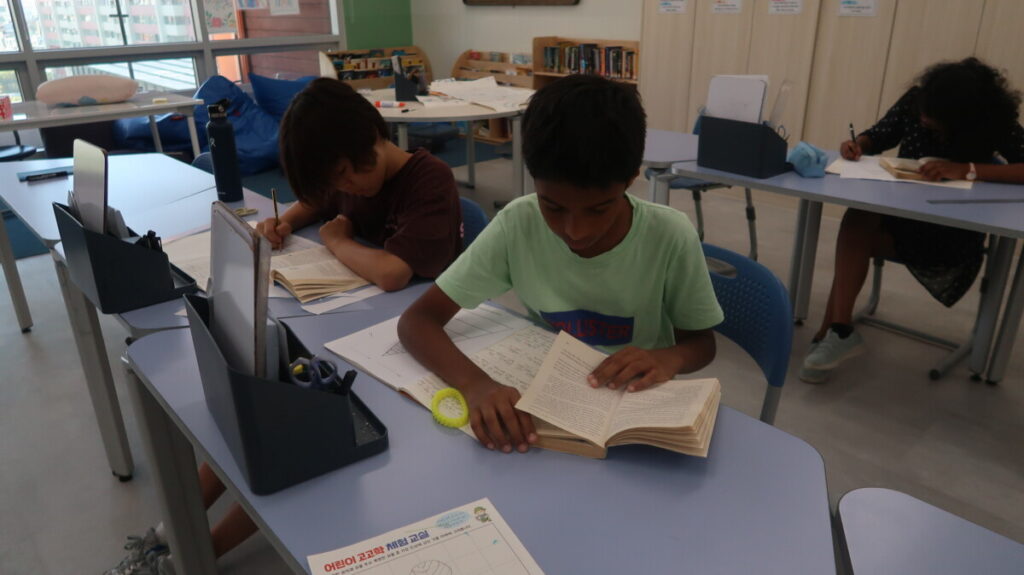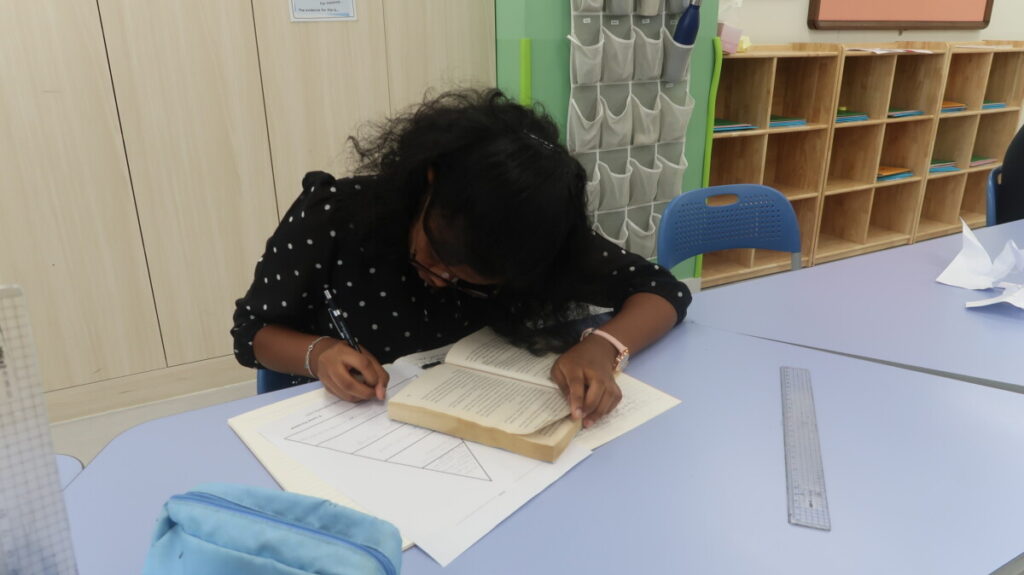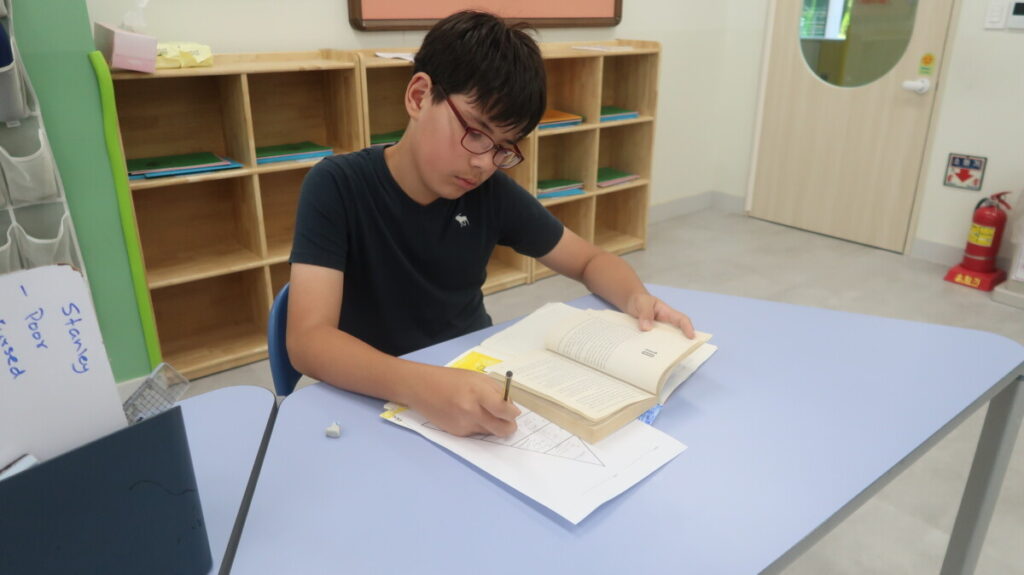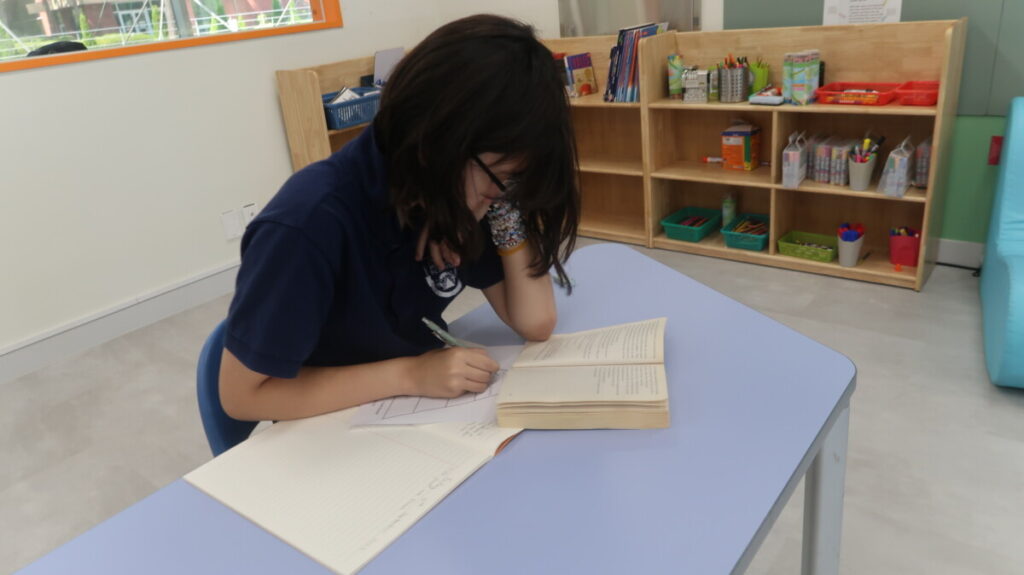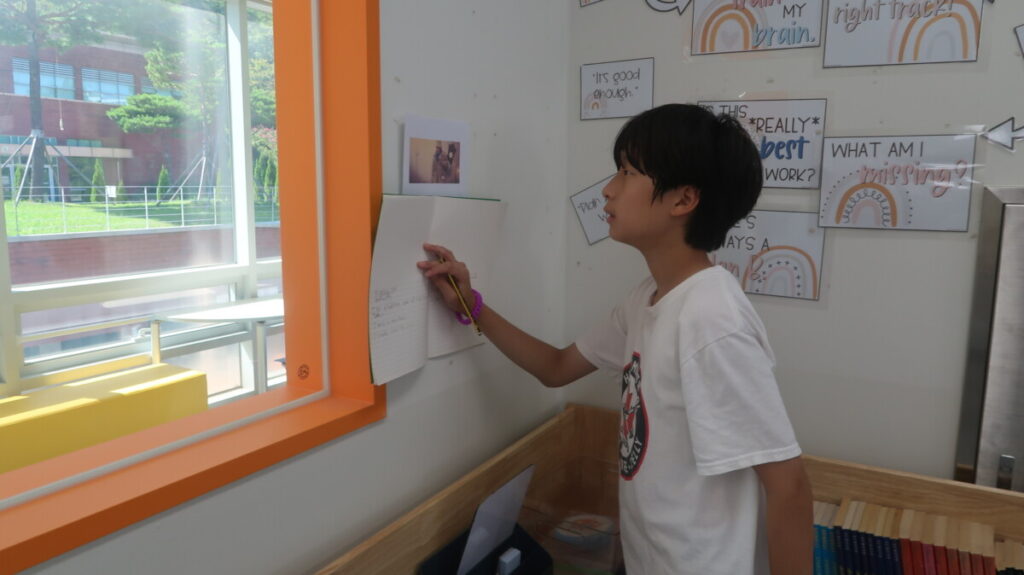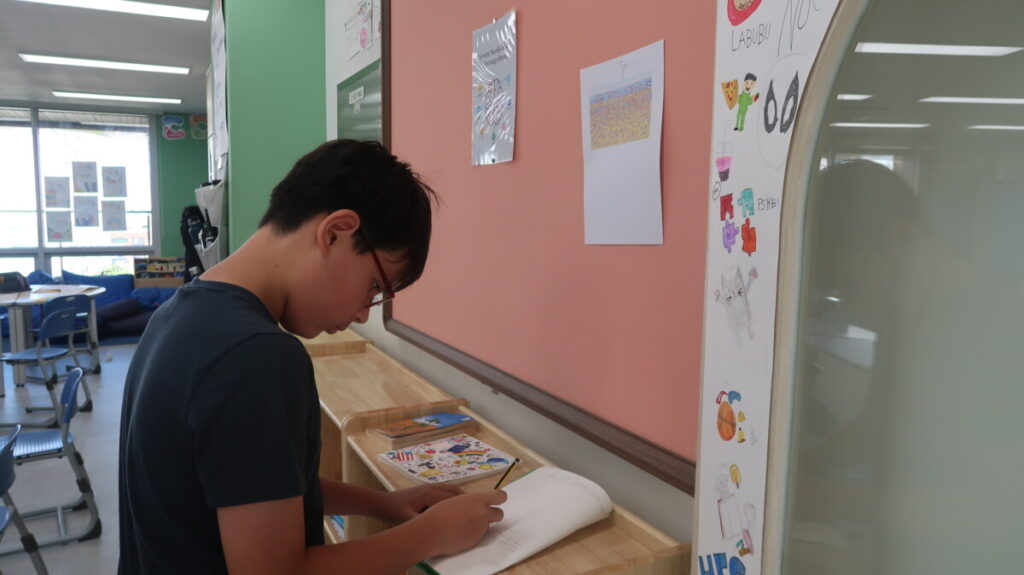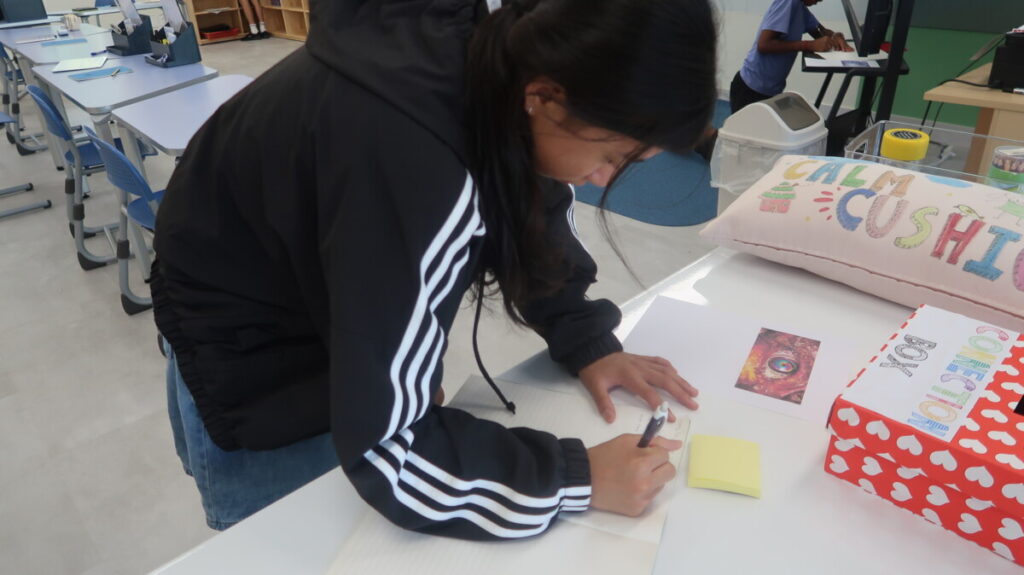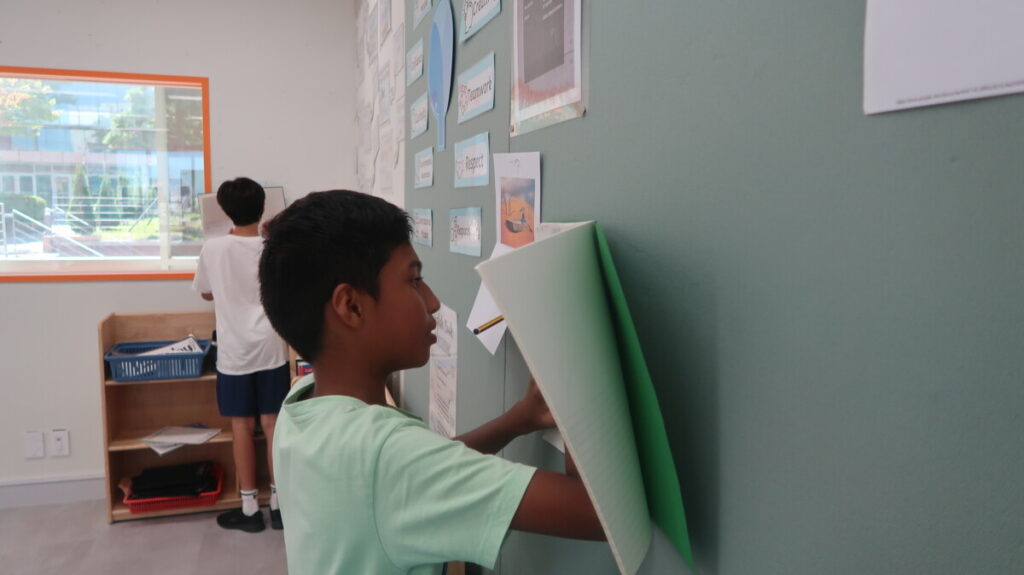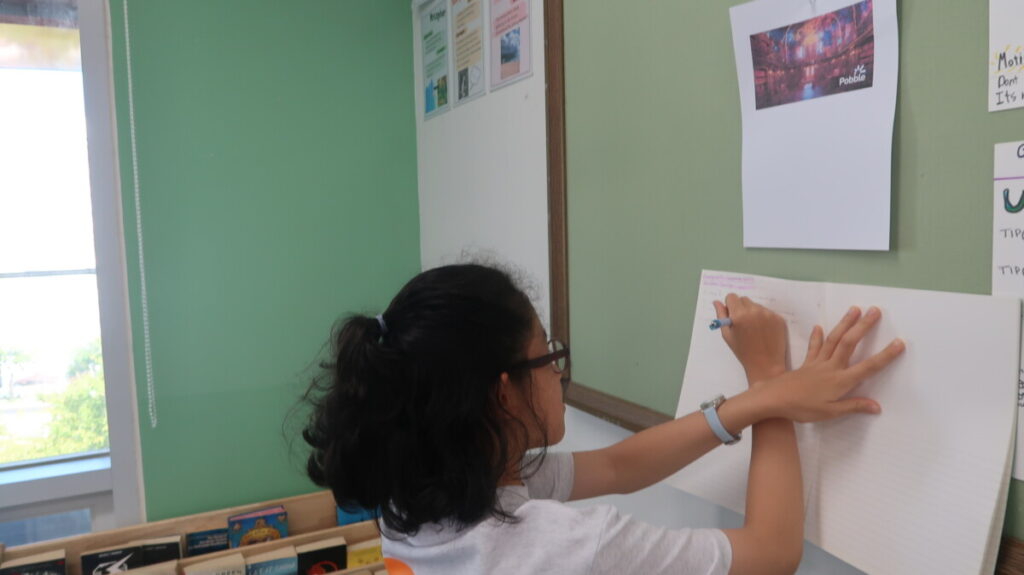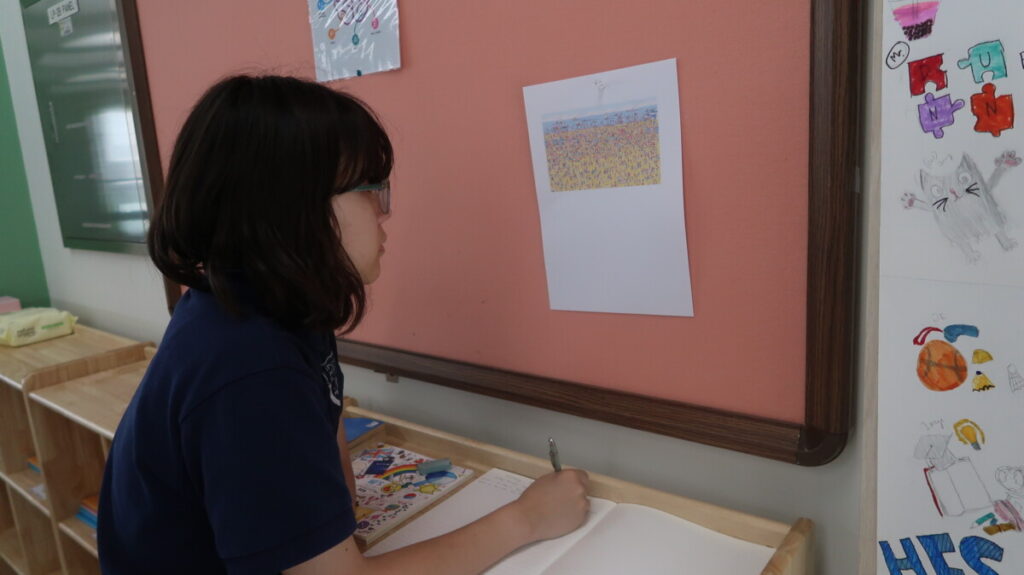Hello everyone!
Can you believe it! We’re only three weeks away from Christmas! That means we have lots of exciting plans ahead and so much to fit in.
We had a fantastic time at the TGMC Carnival, our class did brilliantly to explain the connection backpack and show parents some of the activities. They also had a lot of fun participating in the Carnival, playing games, enjoying snacks and one lucky class member got to pie their teacher!
This week in Literacy, students explored how writers across different texts and time periods create atmosphere, tension, and theme. They analysed Carmilla and Dracula to understand how Gothic conventions build fear and mystery, examined Jekyll and Hyde to explore the theme of duality and the conflict between good and evil, studied two 18th-century poems to compare ideas about death and the afterlife, and investigated how Edgar Allan Poe’s The Oval Portrait uses language to create suspense and a haunting mood. Overall, students developed their ability to interpret authorial choices, compare texts, and identify key Gothic and thematic elements.
In Science, students learned that all substances are made from about 100 different elements, each represented on the periodic table. They explored the properties of these elements from the periodic table, such as boiling point and uses. Also, students learned the difference between elements, compounds, and mixtures and explored how atoms combine to form new substances. Using coloured clay, they modelled simple molecules such as water and carbon dioxide, then created examples of mixtures by placing different particles together without joining them. This hands-on activity helped them visualise how compounds are made from atoms that are chemically bonded, while mixtures contain different substances that stay separate.
In Geography, we explored issues surrounding access to clean water and the solutions identified, which were most creative and sustainable. We also discussed how geography and the environment shape the kind of technology a community needs. Students explored a range of innovative ways communities around the world access clean water. Using QR codes placed around the room, they researched various technologies, including boreholes, water kiosks, solar pumps, sand filters, and gravity-fed systems, and learned how each one works.
In History, the students continued their history project, working in groups to research one of the Renaissance, Enlightenment and Industrial Revolution. Through this ongoing collaborative work, they are building a strong understanding of how creativity has changed across history. They will share these next week.
Weekly Math Update – Year 8
Tables and Probability
This week, students developed key skills within the Tables and Probability unit. They learned to:
- Aut.6.1 – Construct sample spaces for one or more events
- Aut.6.2 – Find probabilities from a sample space
- Aut.6.3 – Find probabilities using two-way tables
- Aut.6.4 – Find probabilities using Venn diagrams
- Aut.6.5 – Use the product rule to calculate the total number of possible outcomes
Students applied these skills to real-life contexts and completed a range of structured and problem-solving questions.
They performed very well in their recent assessment, and papers have been sent home for review.
Reminder:
Students will have their end of term assessment on Monday. Please encourage them to revise the topics above and complete any practice work provided to support their preparation.
Weekly Math Update- Year 9
Constructions and Congruency
This week, students continued their work on Constructions and Congruency. They learned to:
- Aut.5.4 – Draw the locus of points a fixed distance from a straight line
- Aut.5.5 – Identify the locus of points equidistant from two points
- Aut.5.6 – Construct a perpendicular bisector
- Aut.5.7 – Construct a perpendicular from a point to a line
- Aut.5.8 – Construct a perpendicular to a point on a line
- Aut.5.9 – Draw the locus of points a fixed distance from two lines
- Aut.5.10 – Construct an angle bisector
Students practised accurate compass and ruler constructions and improved their understanding of loci in different contexts.
They will have an assessment test this coming Friday. Please encourage them to review their classwork and practise the key construction techniques.



